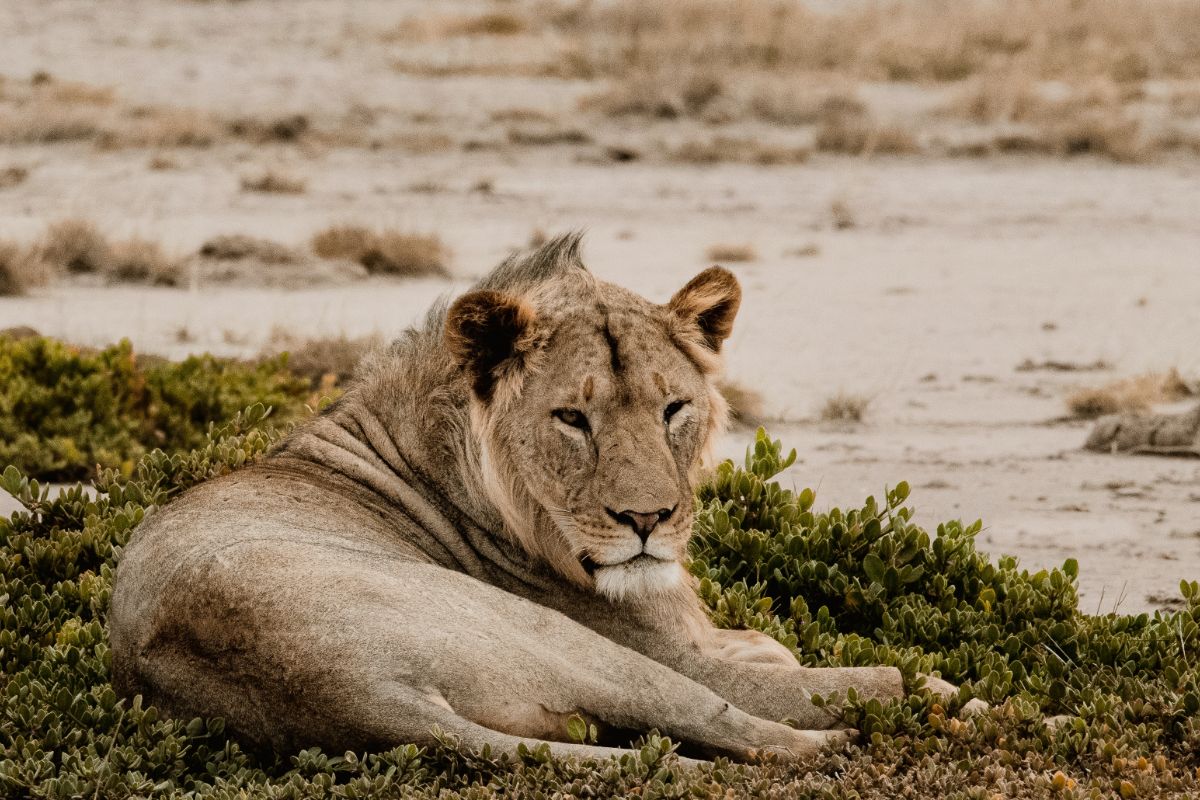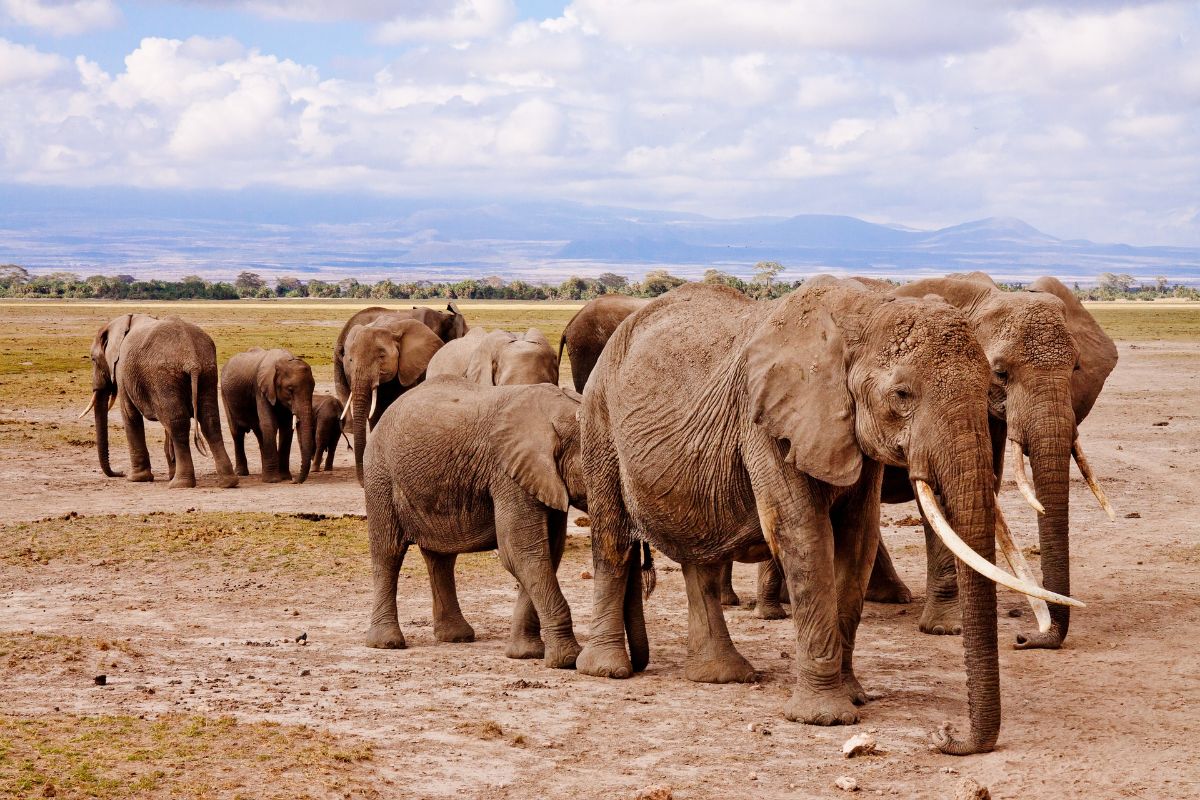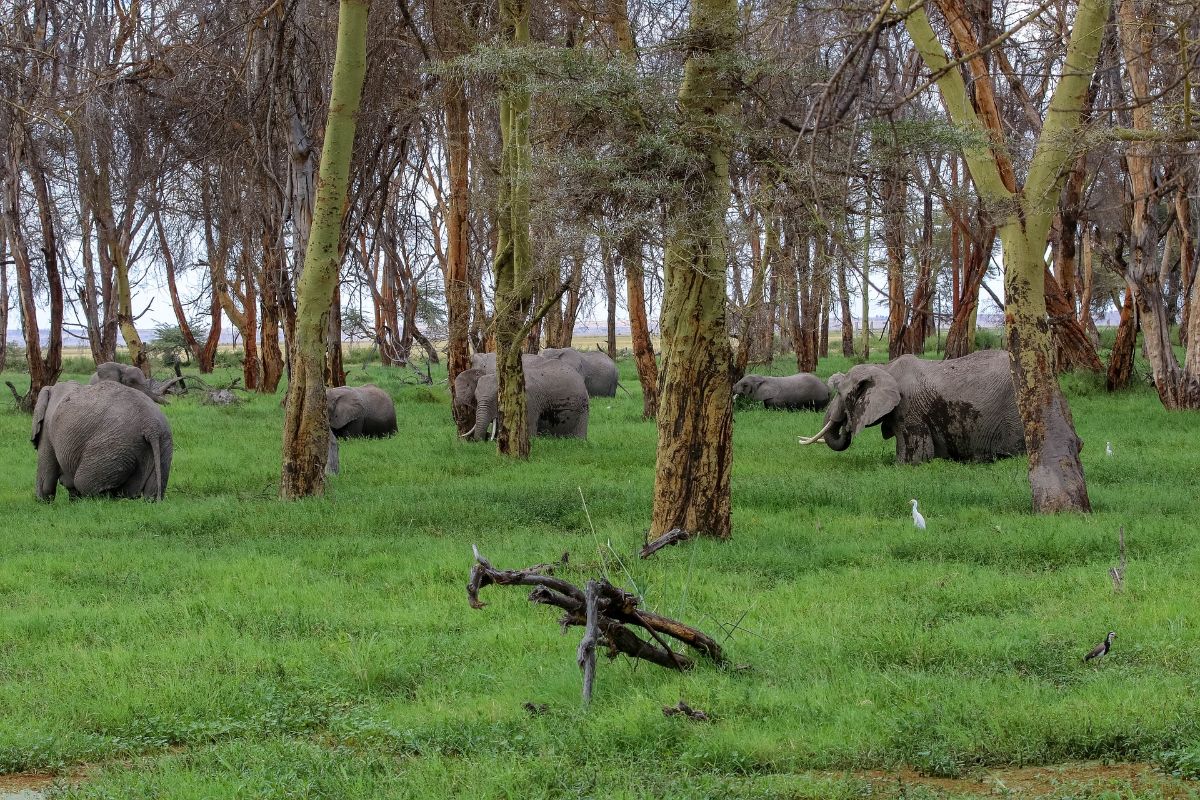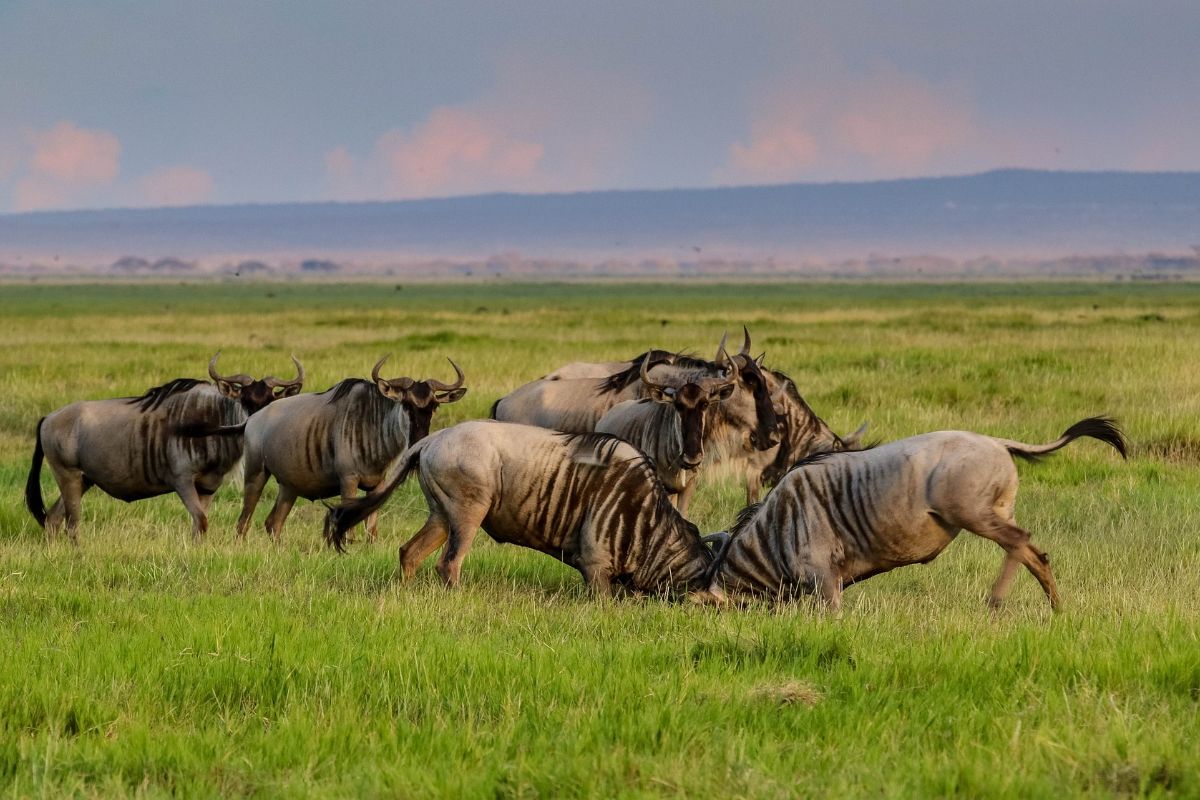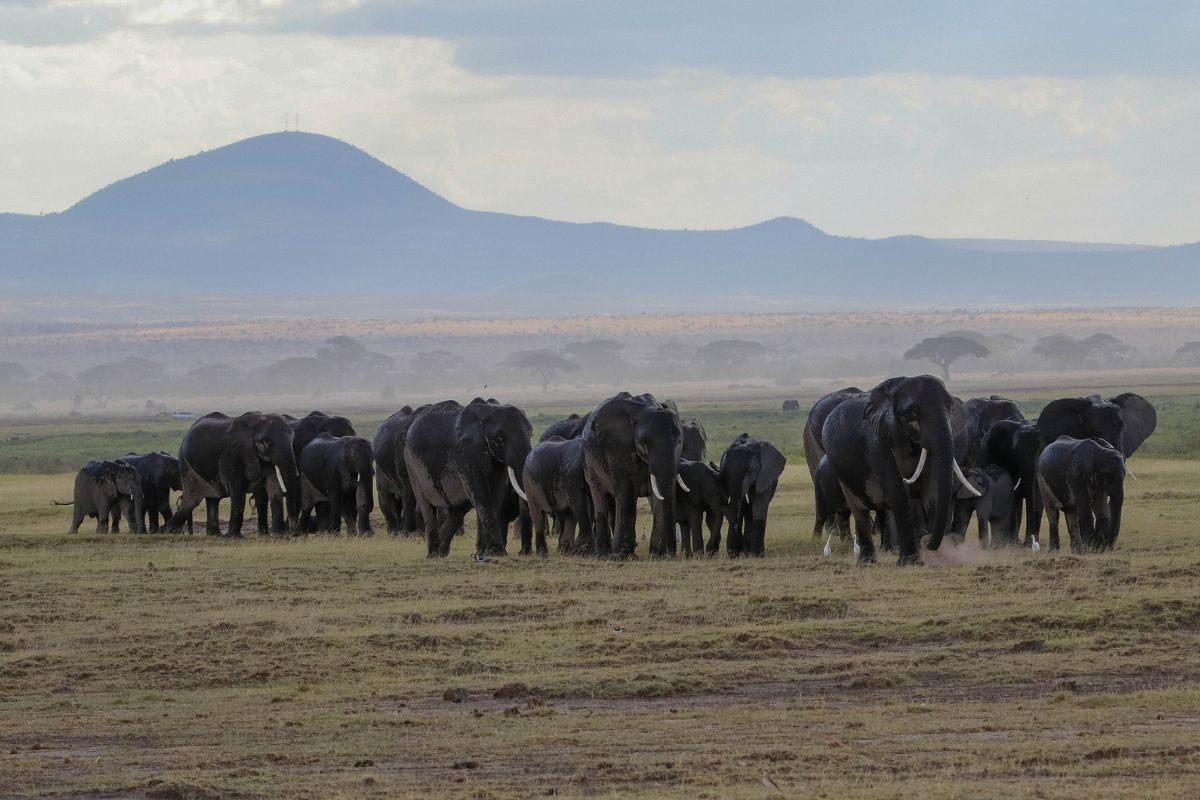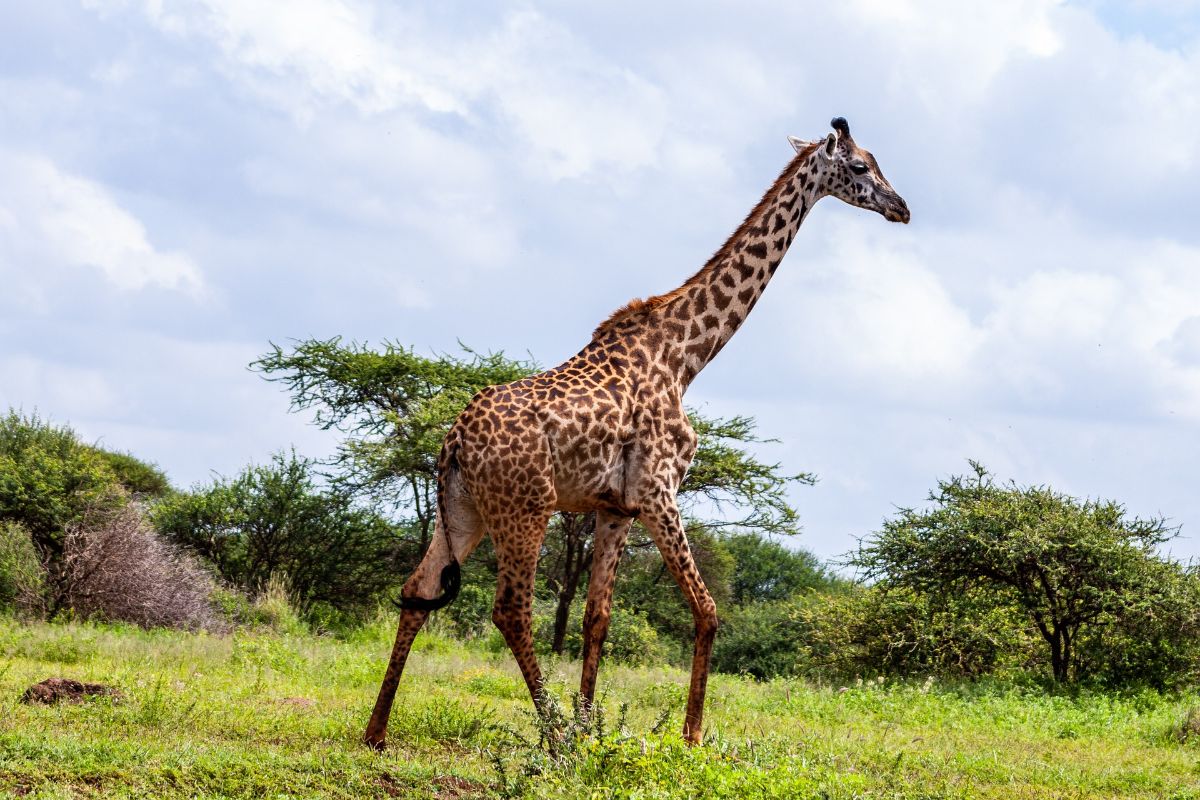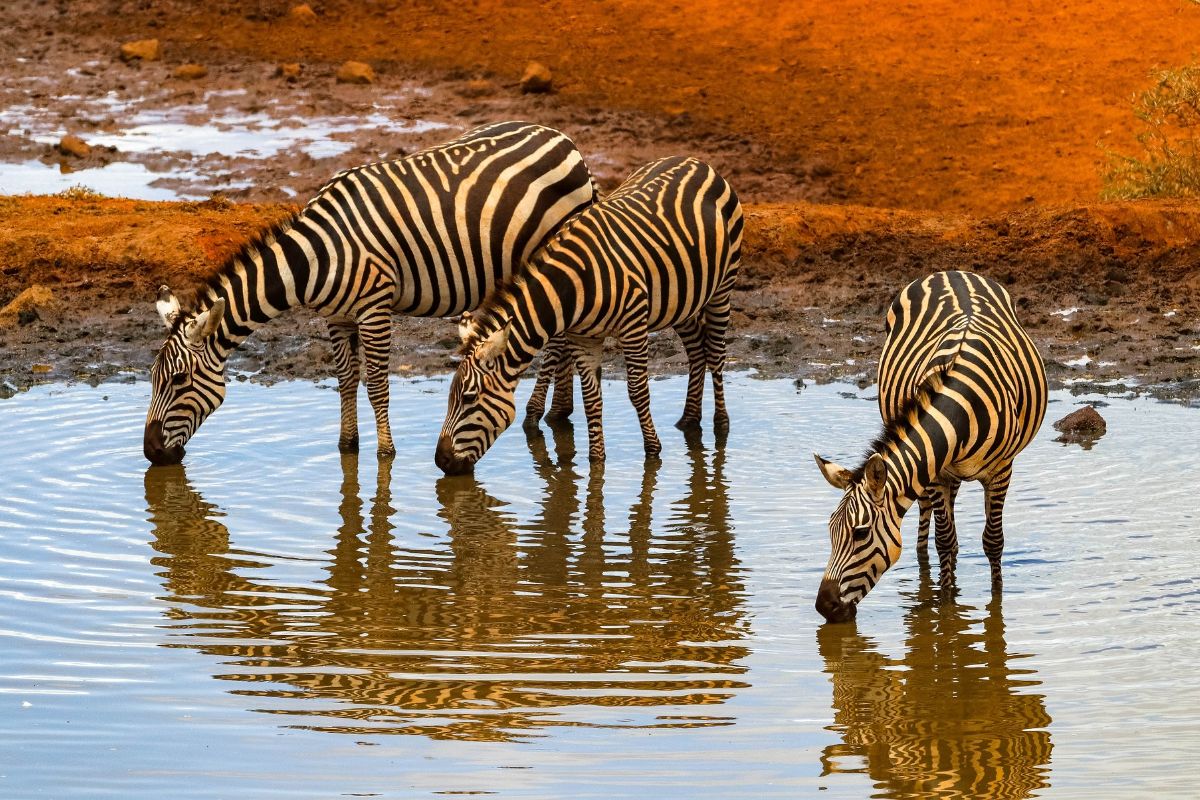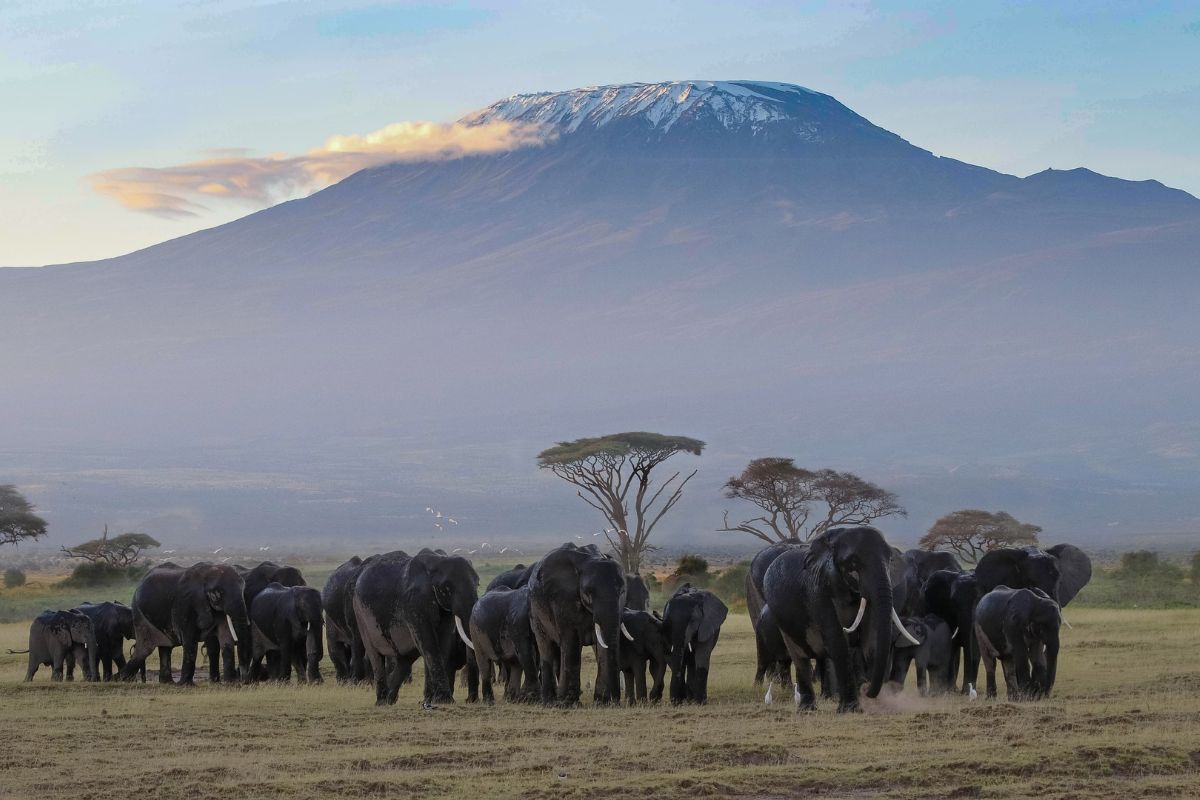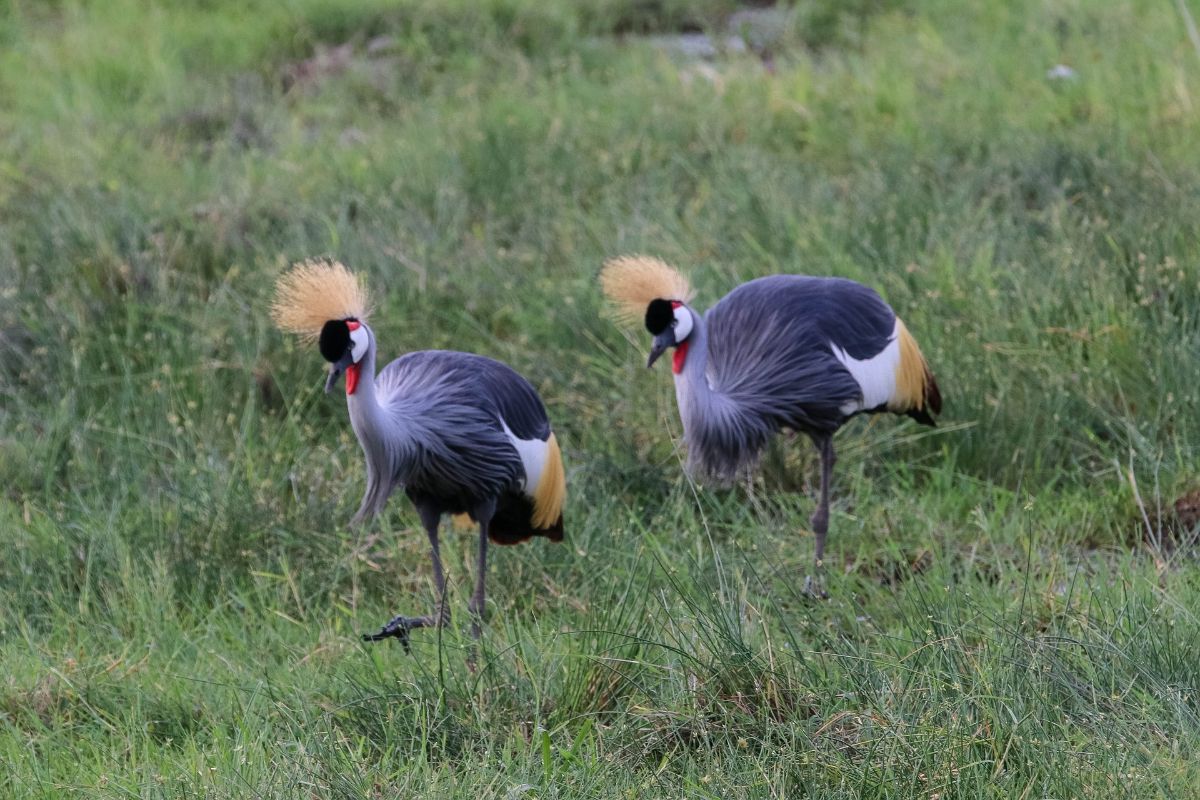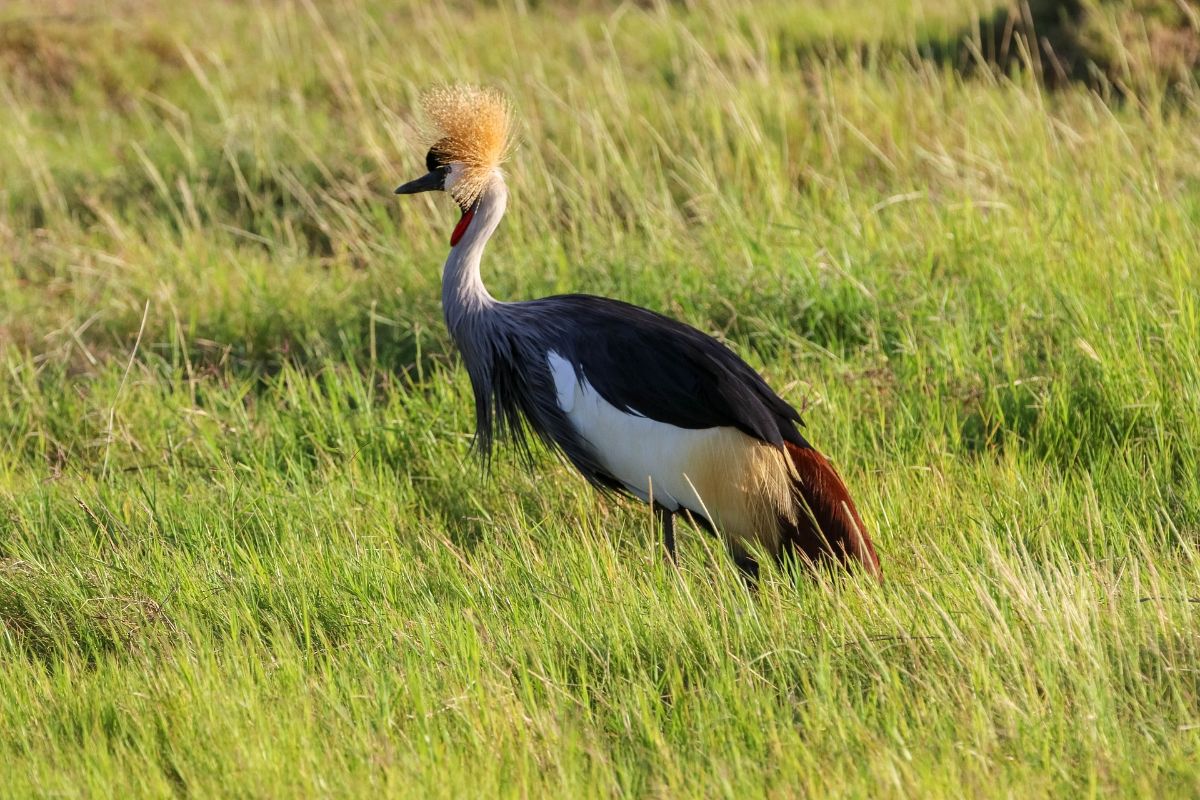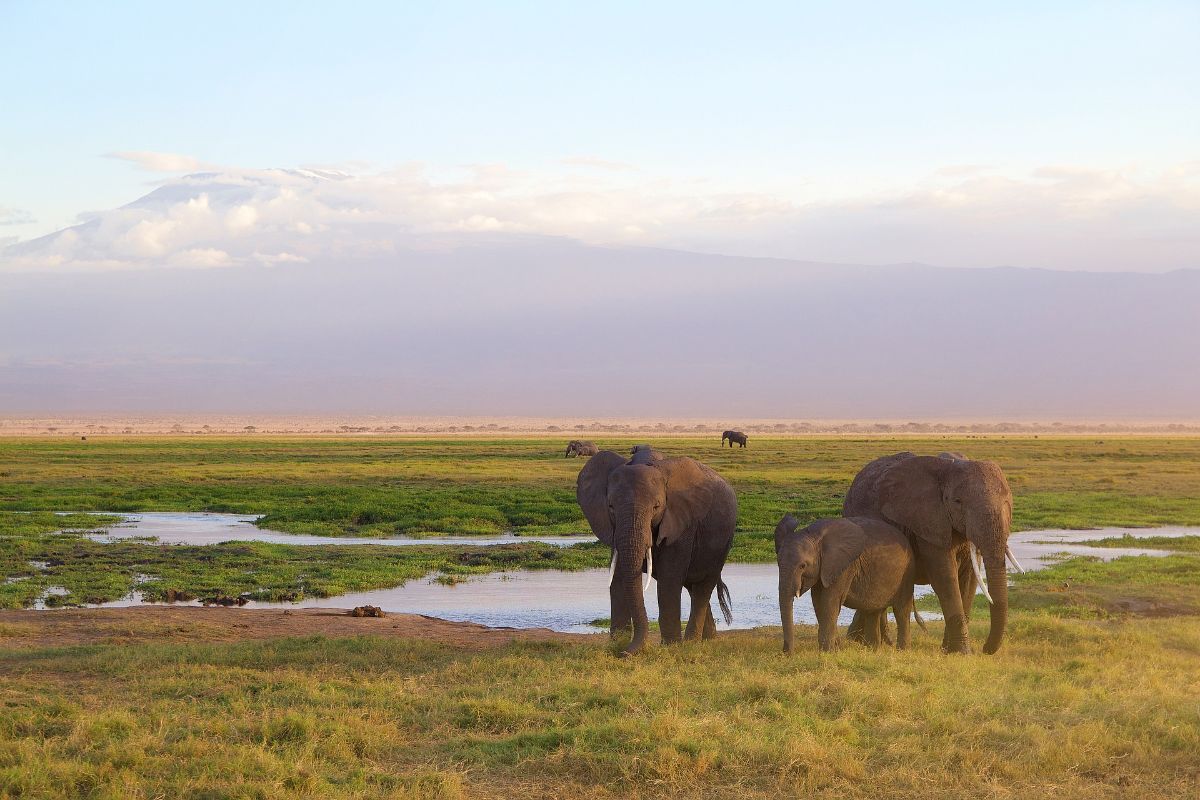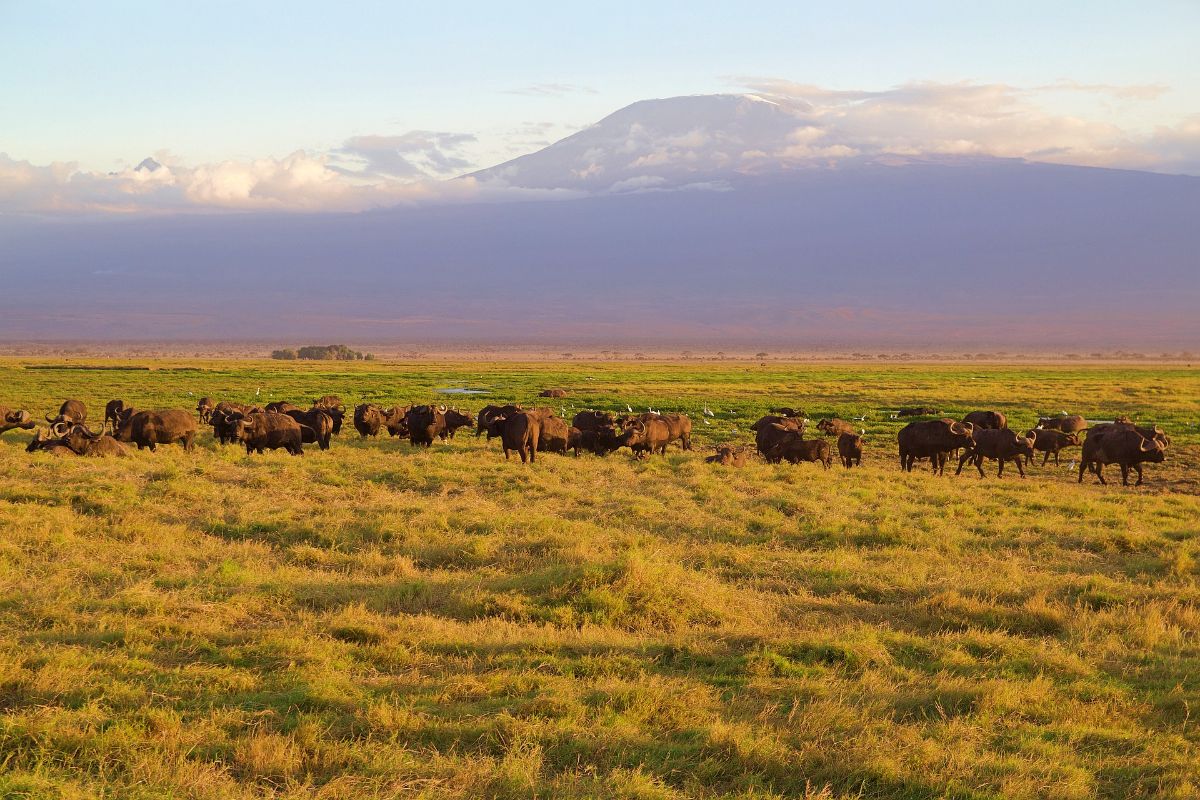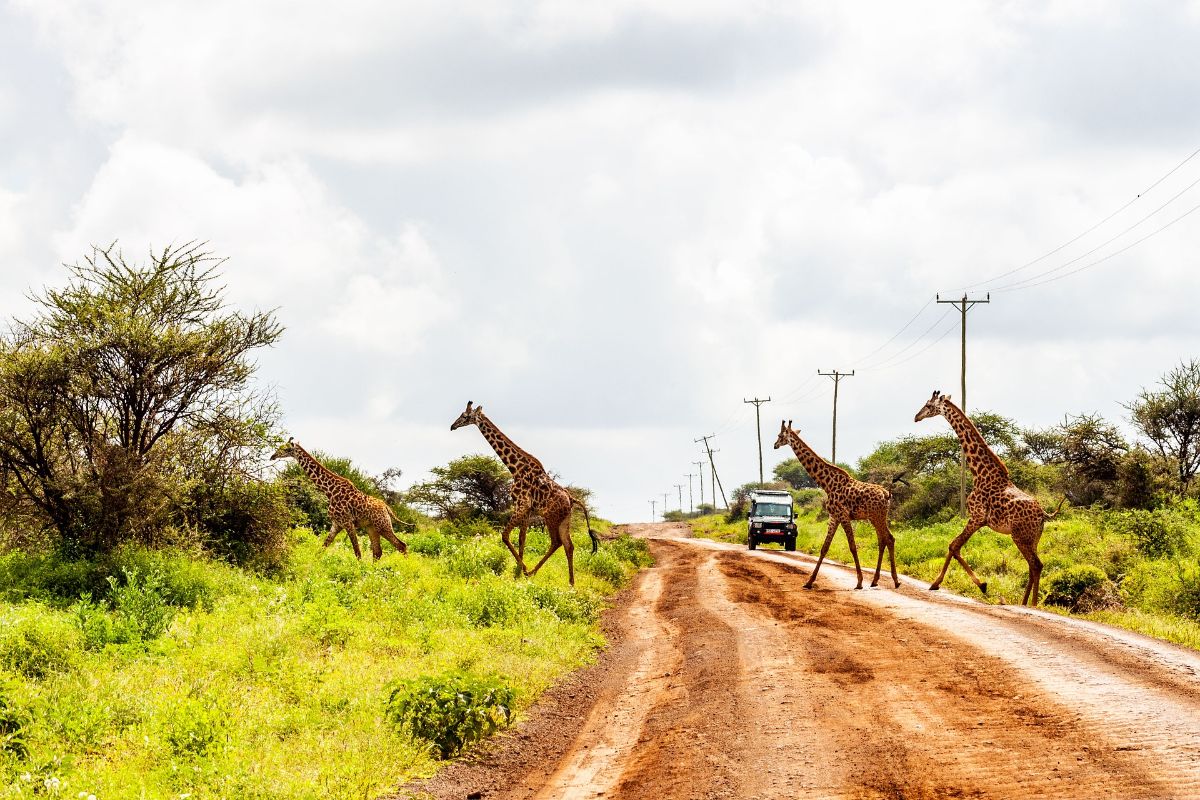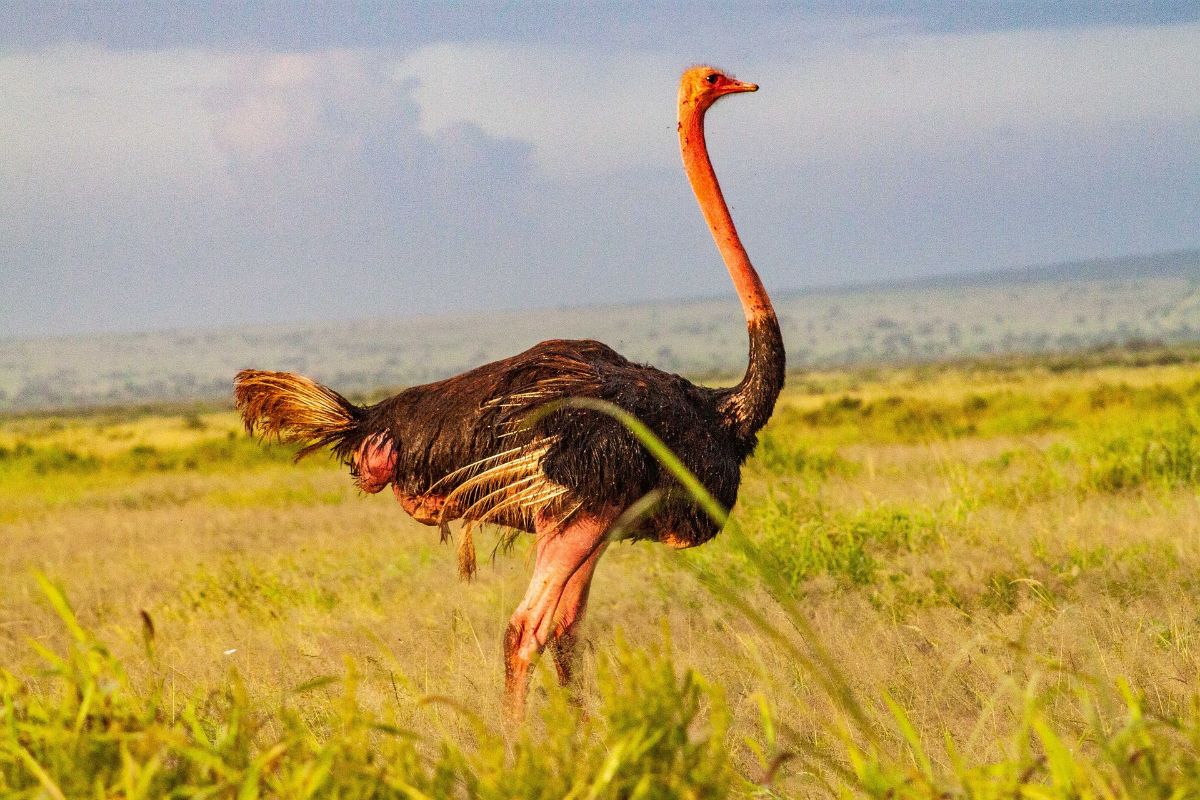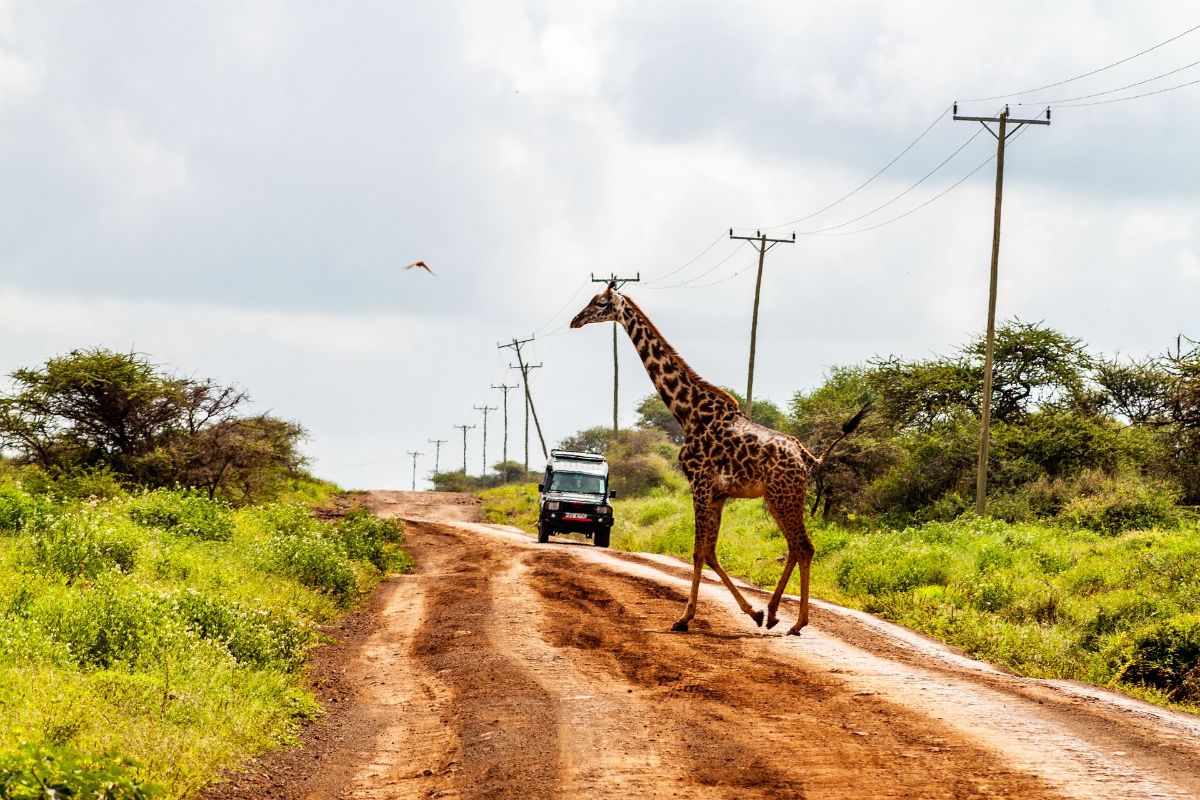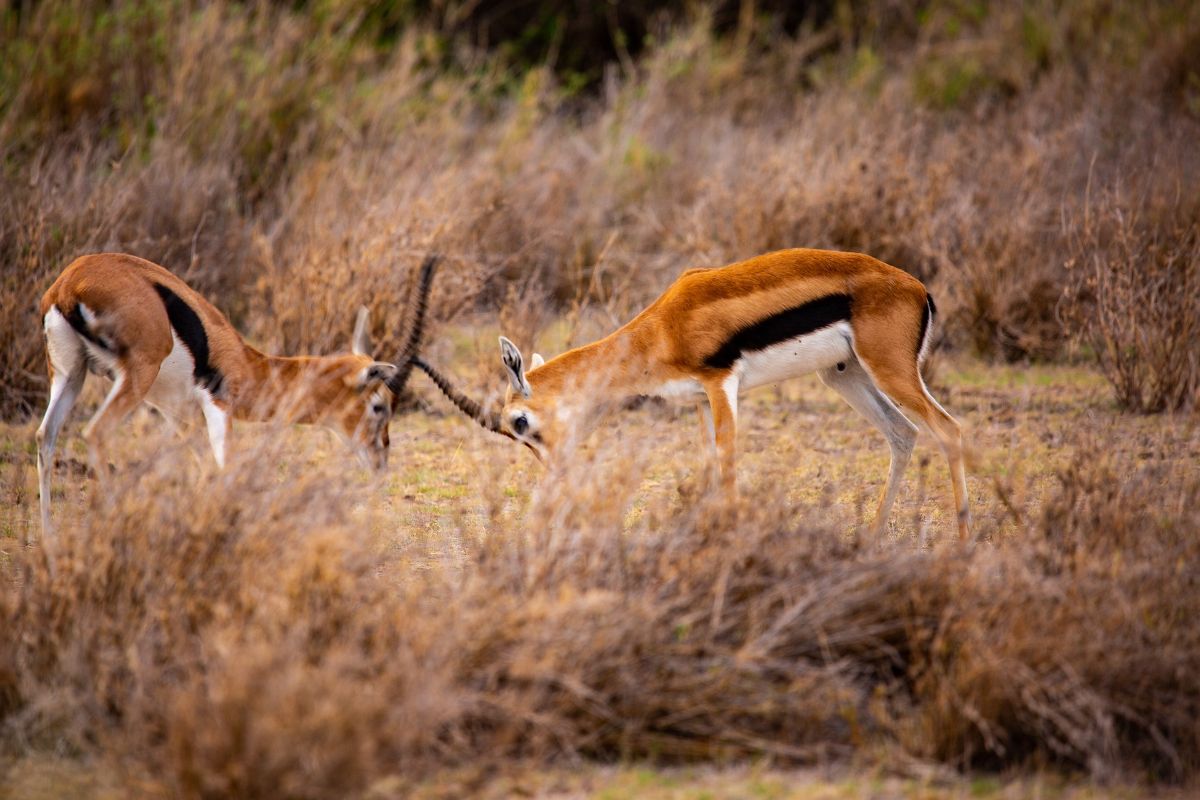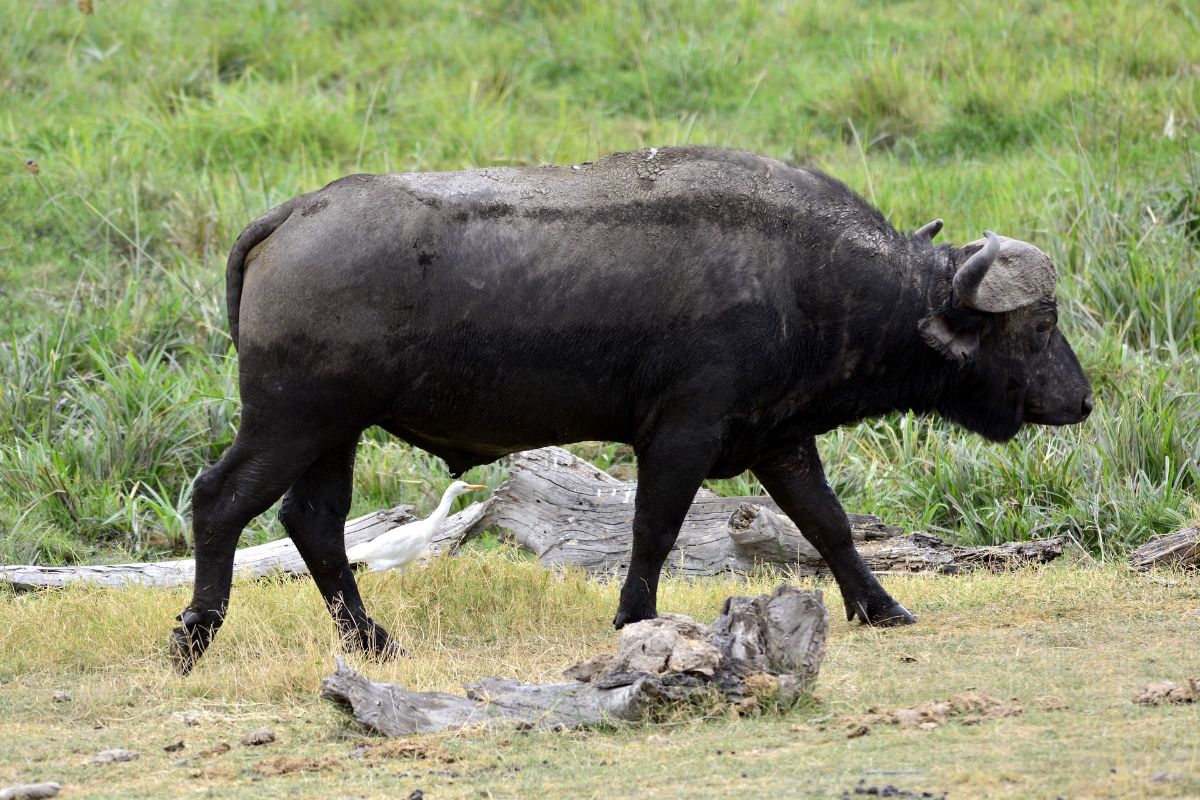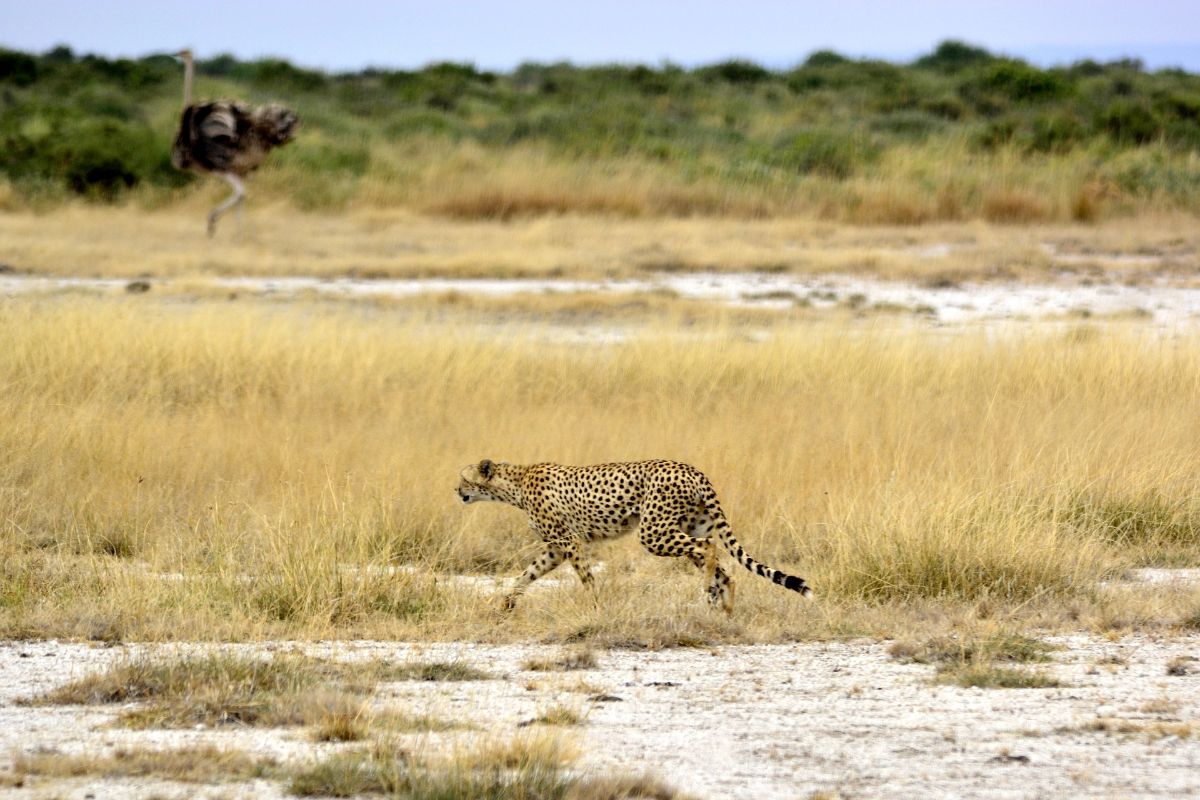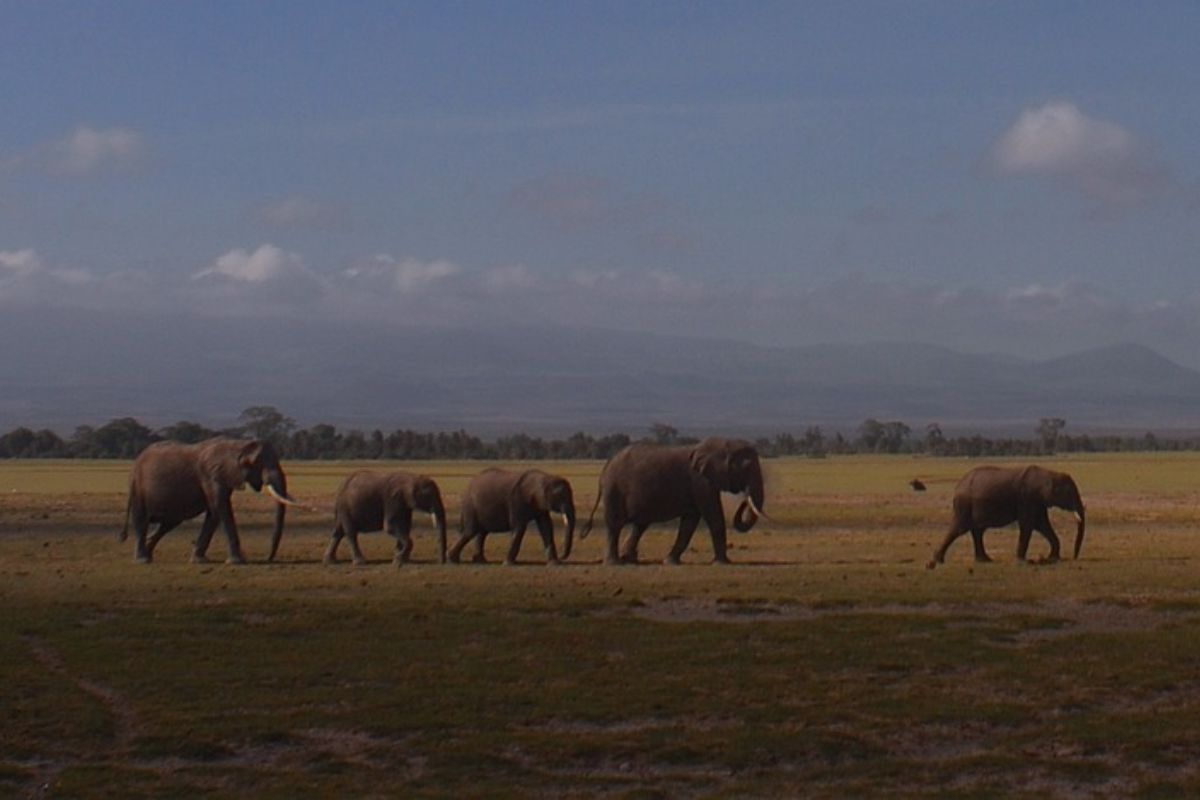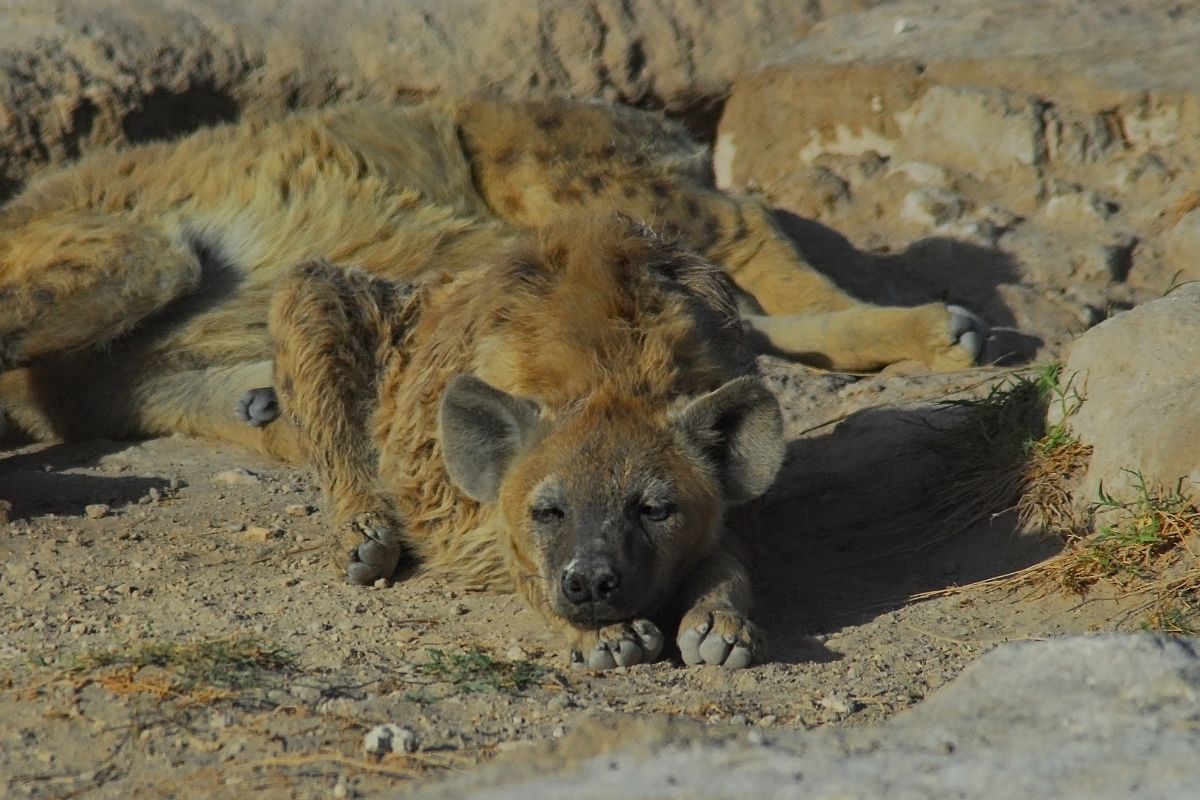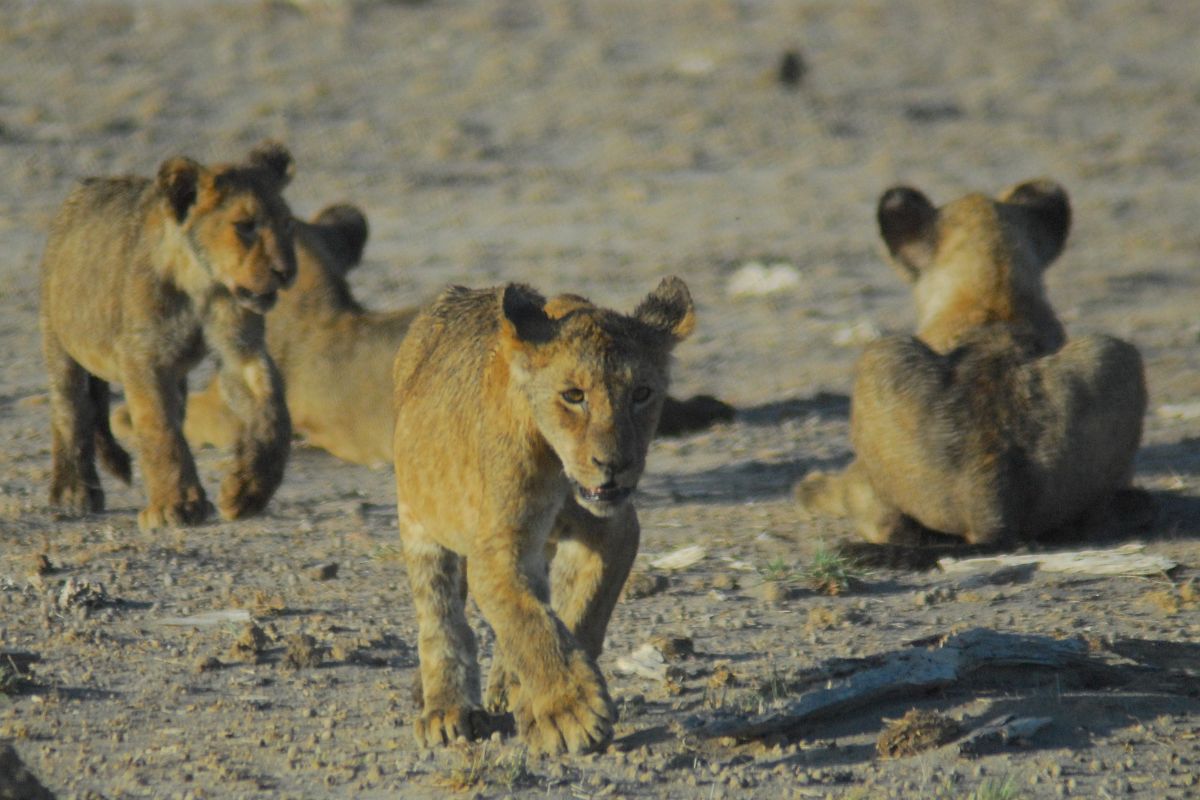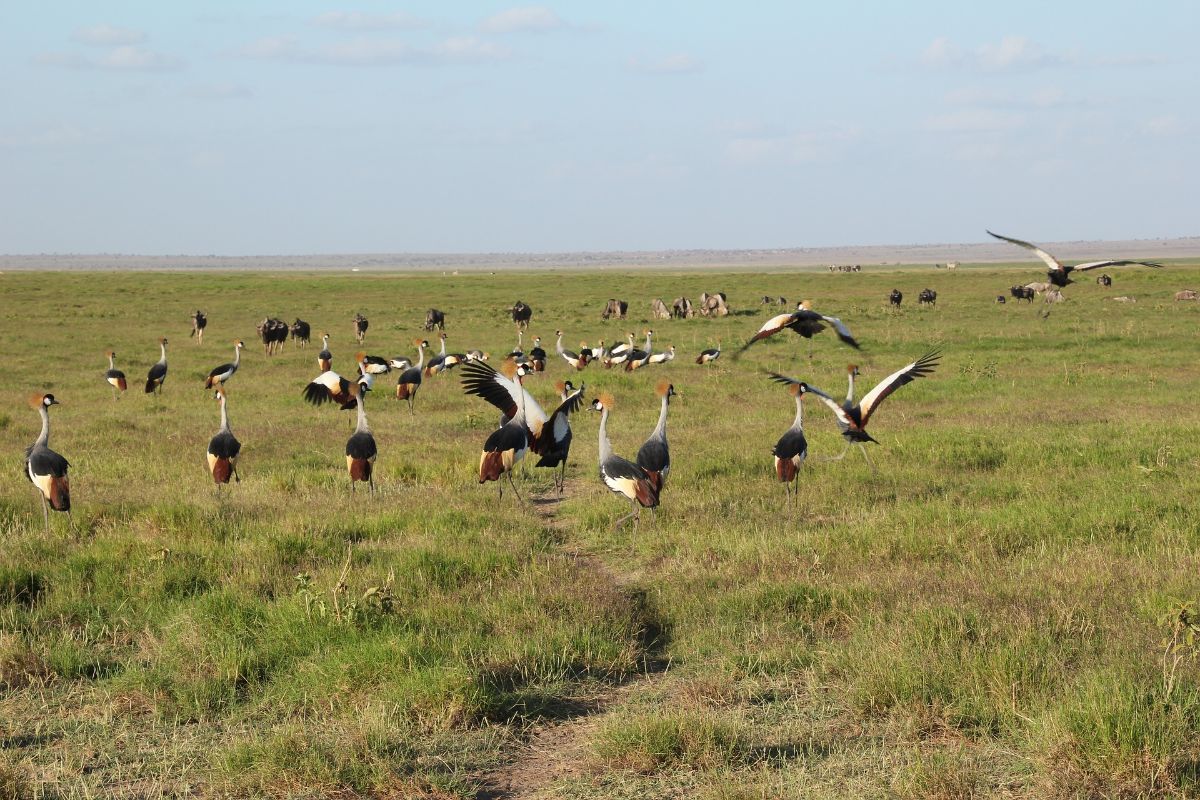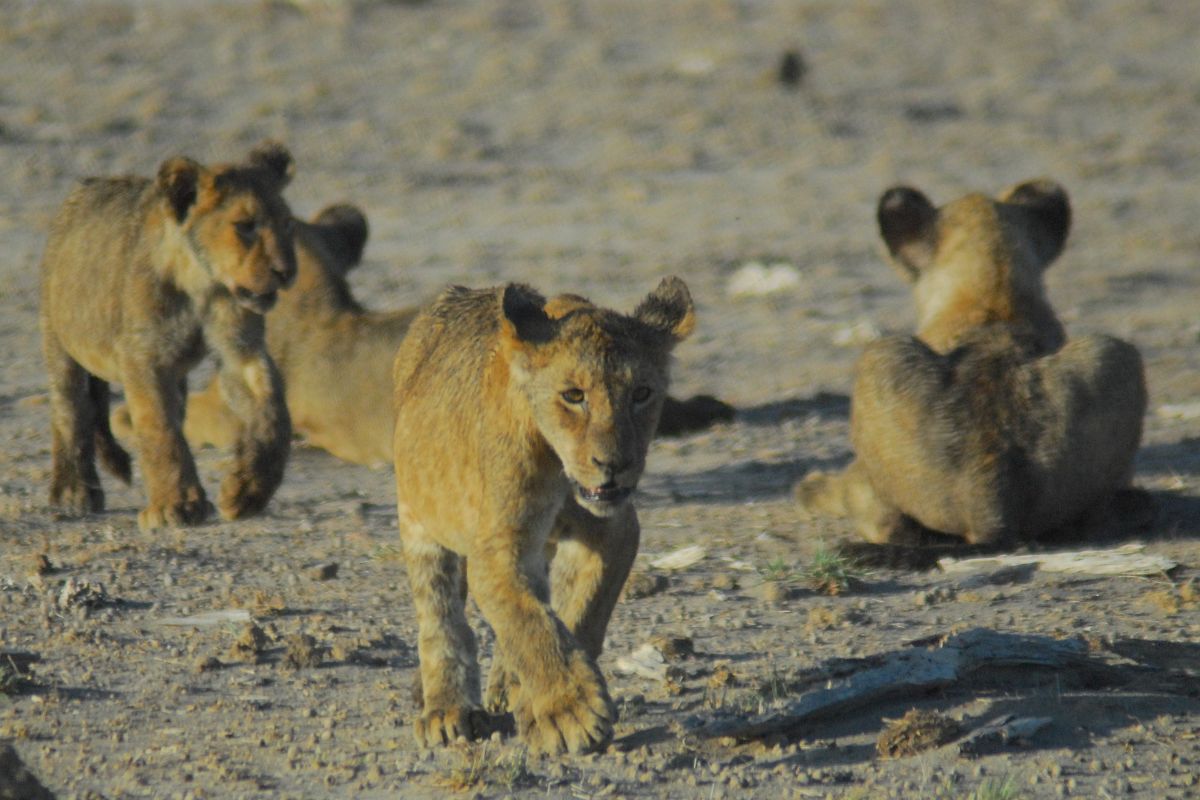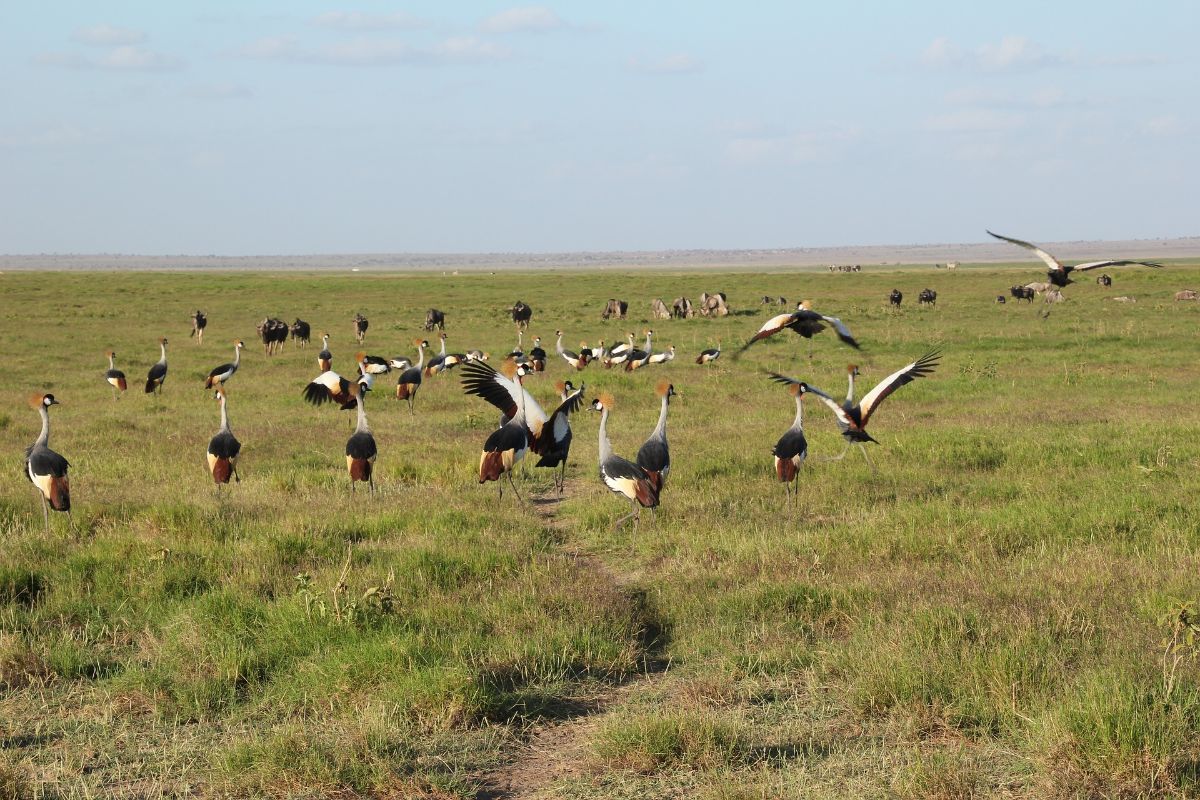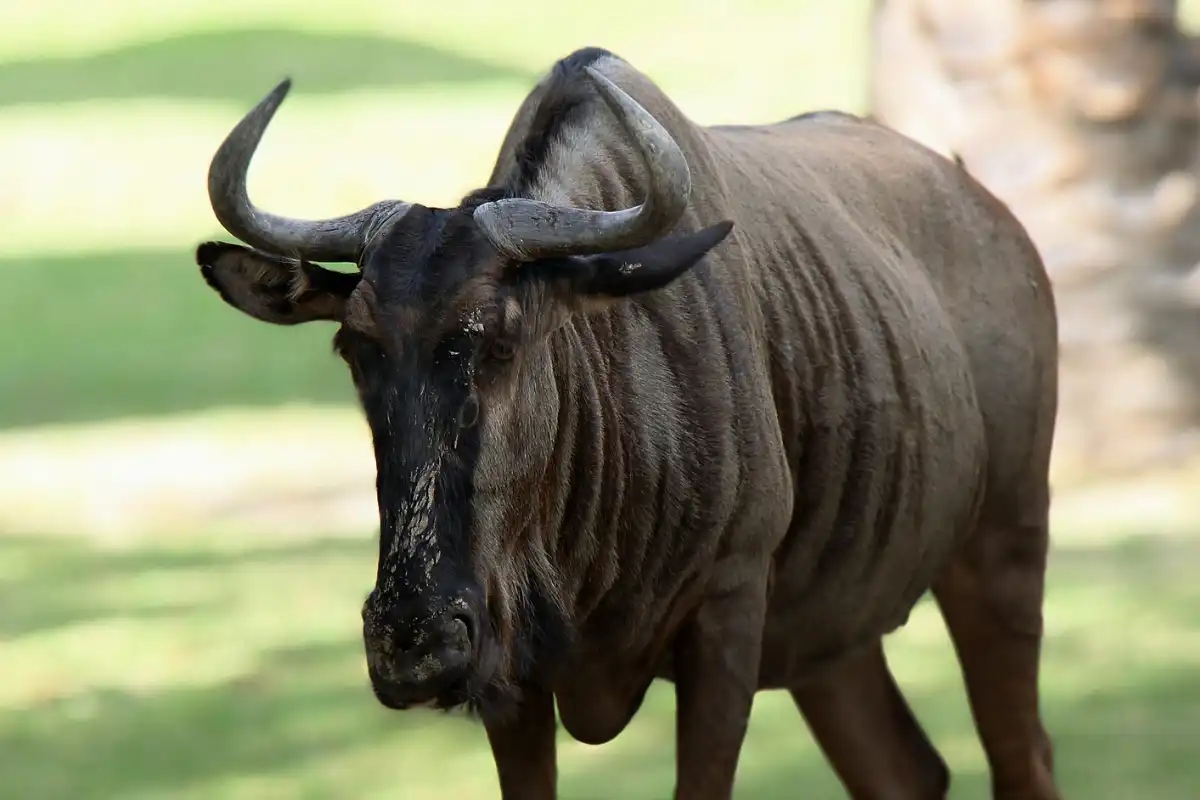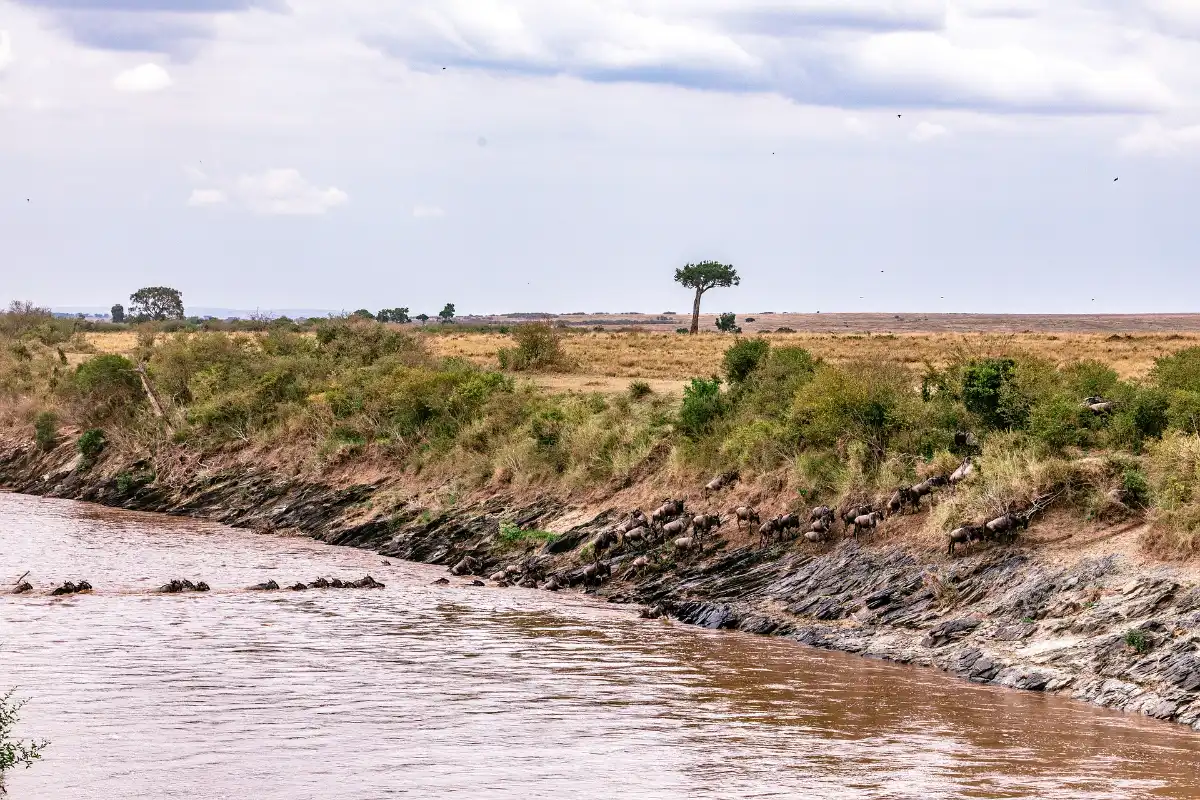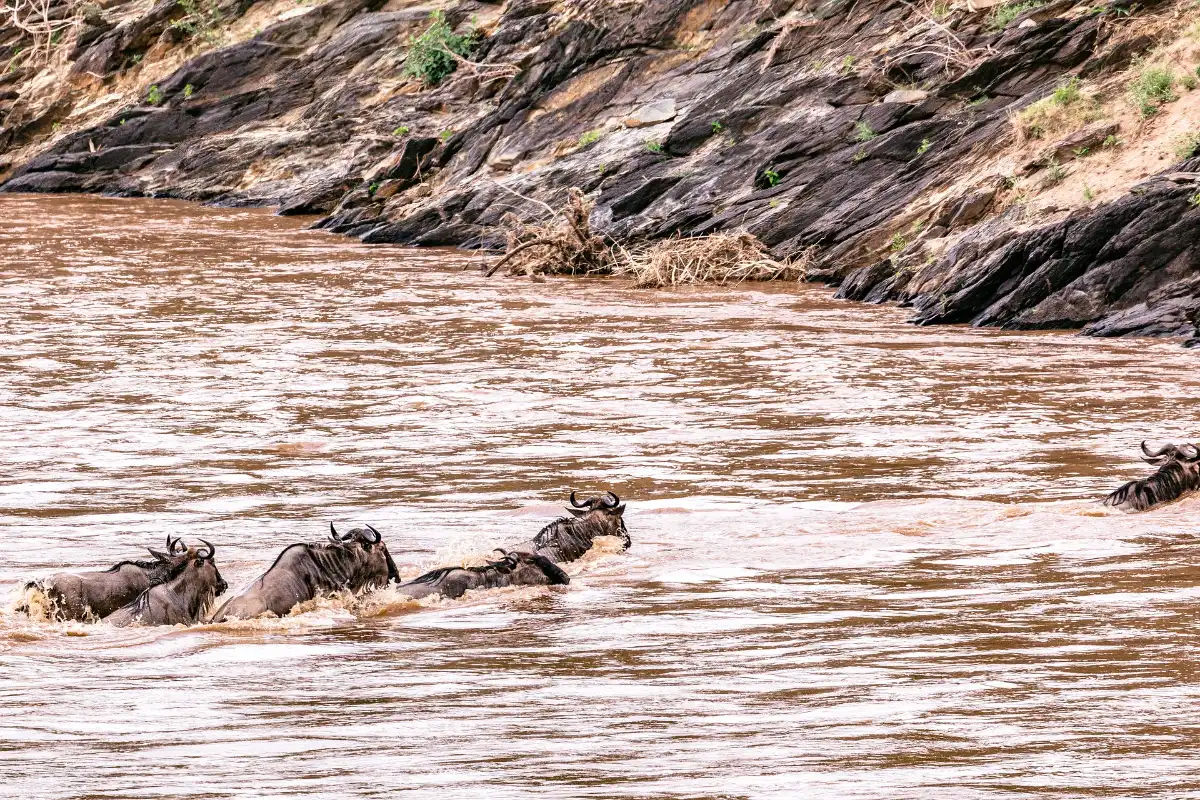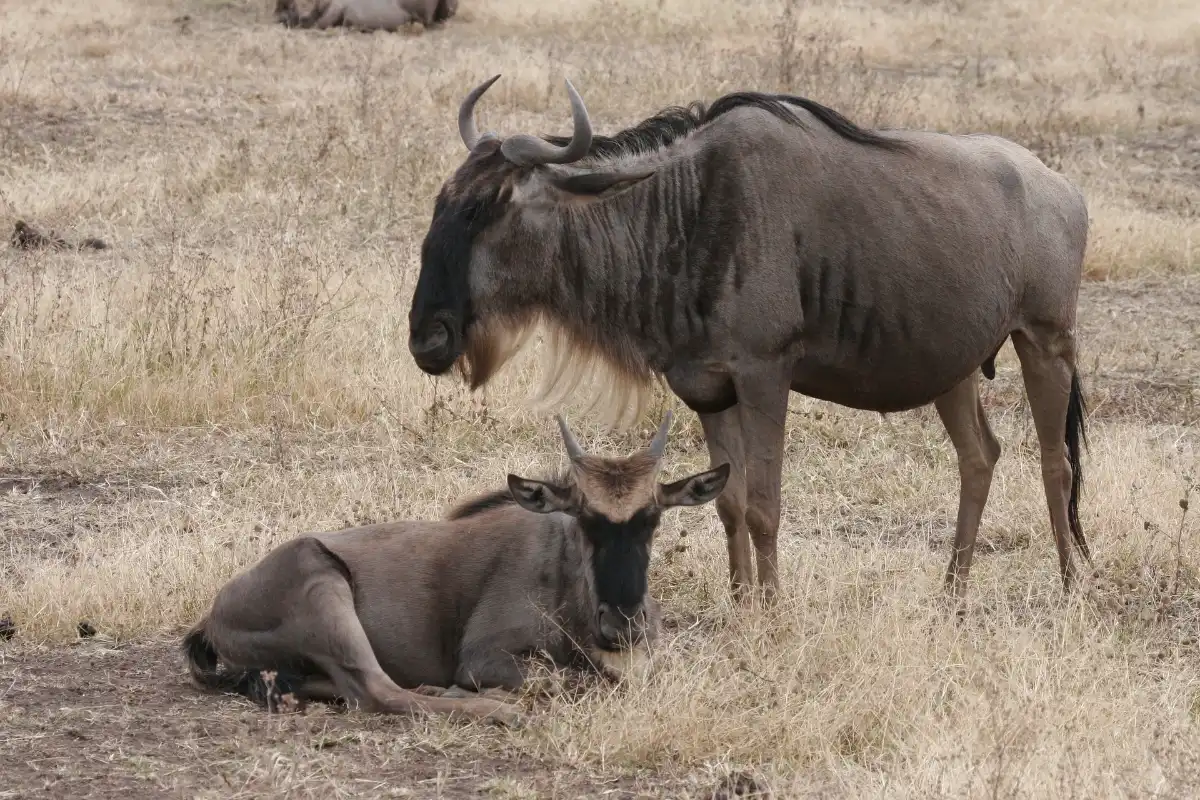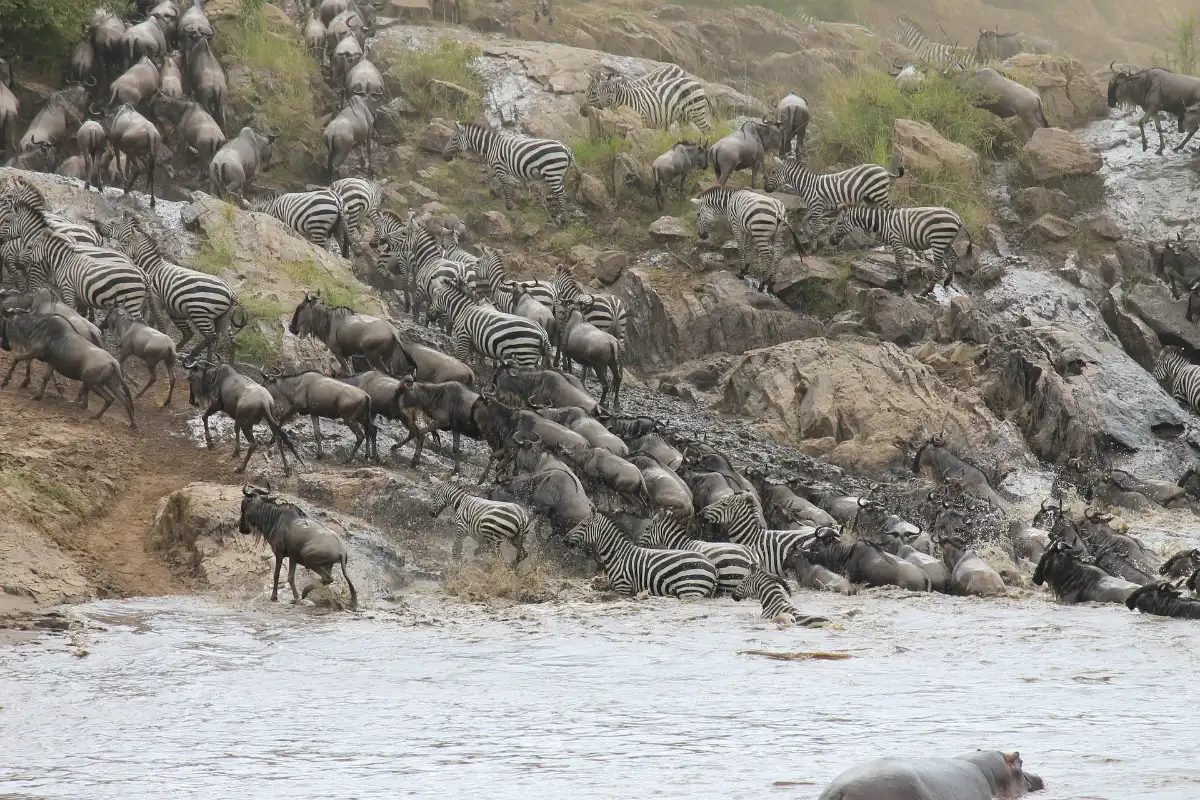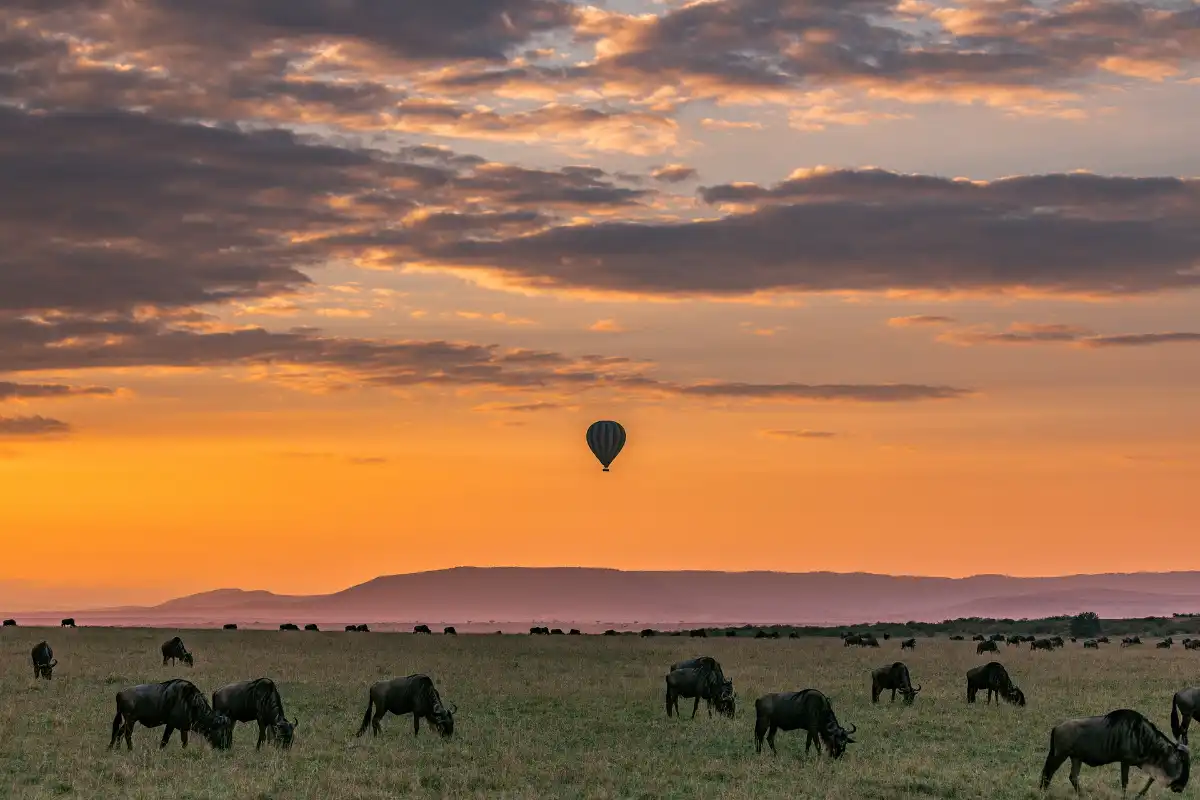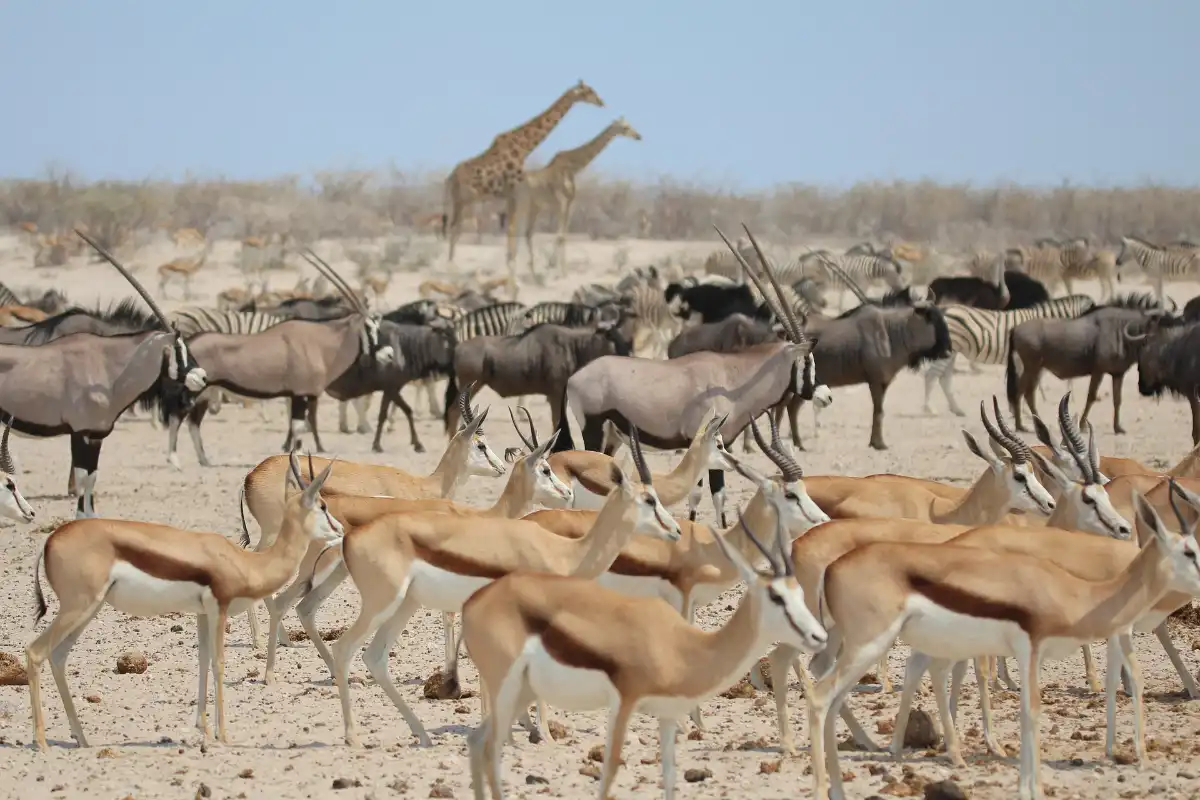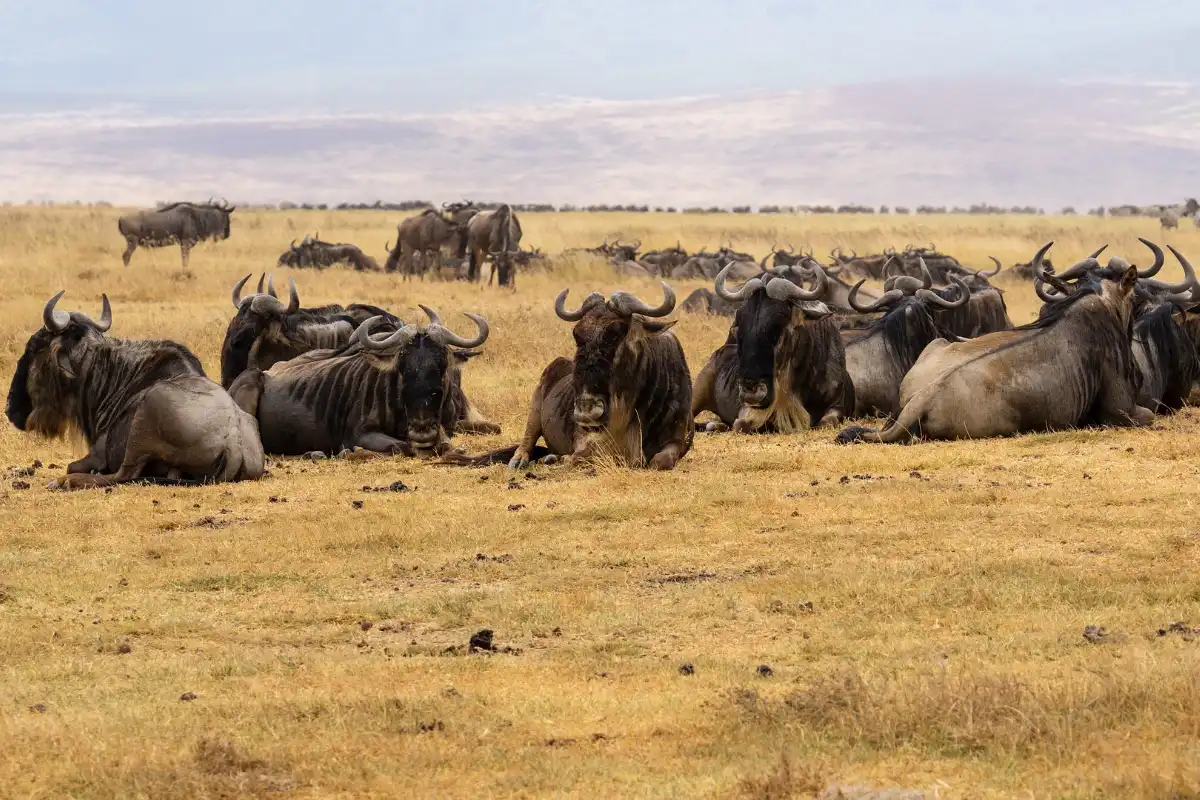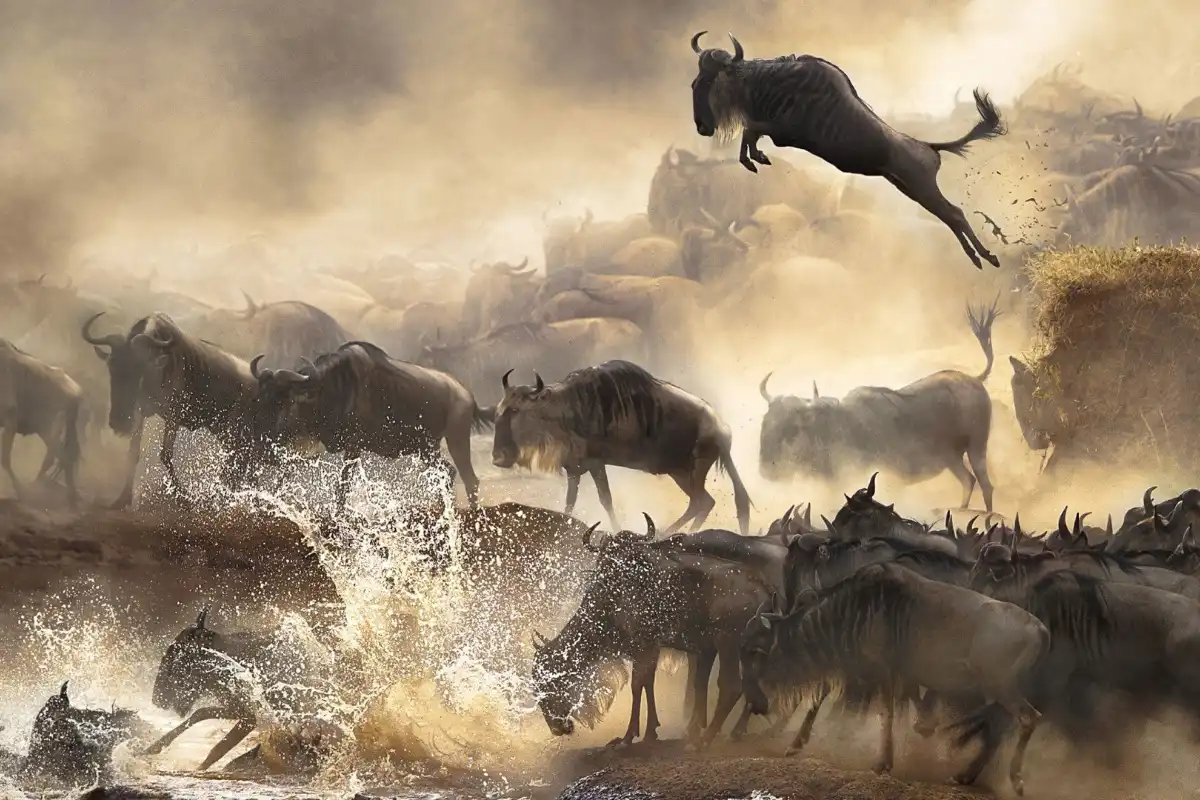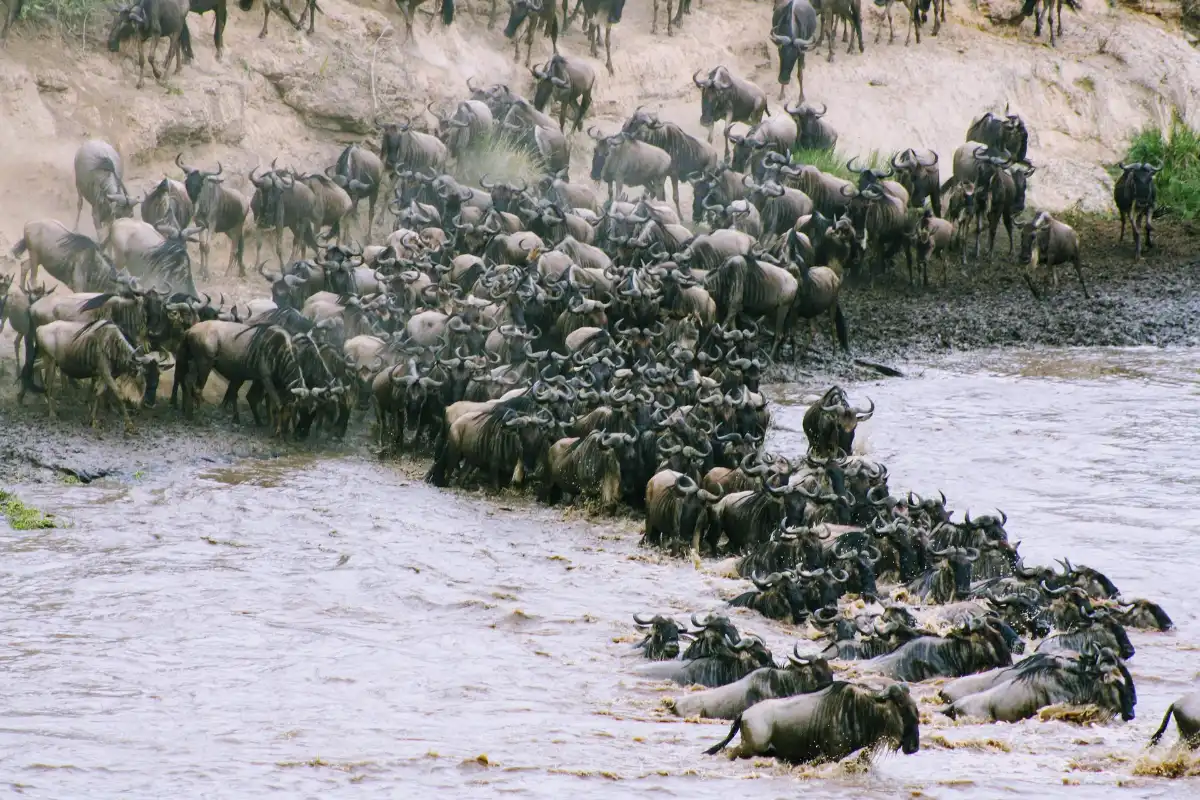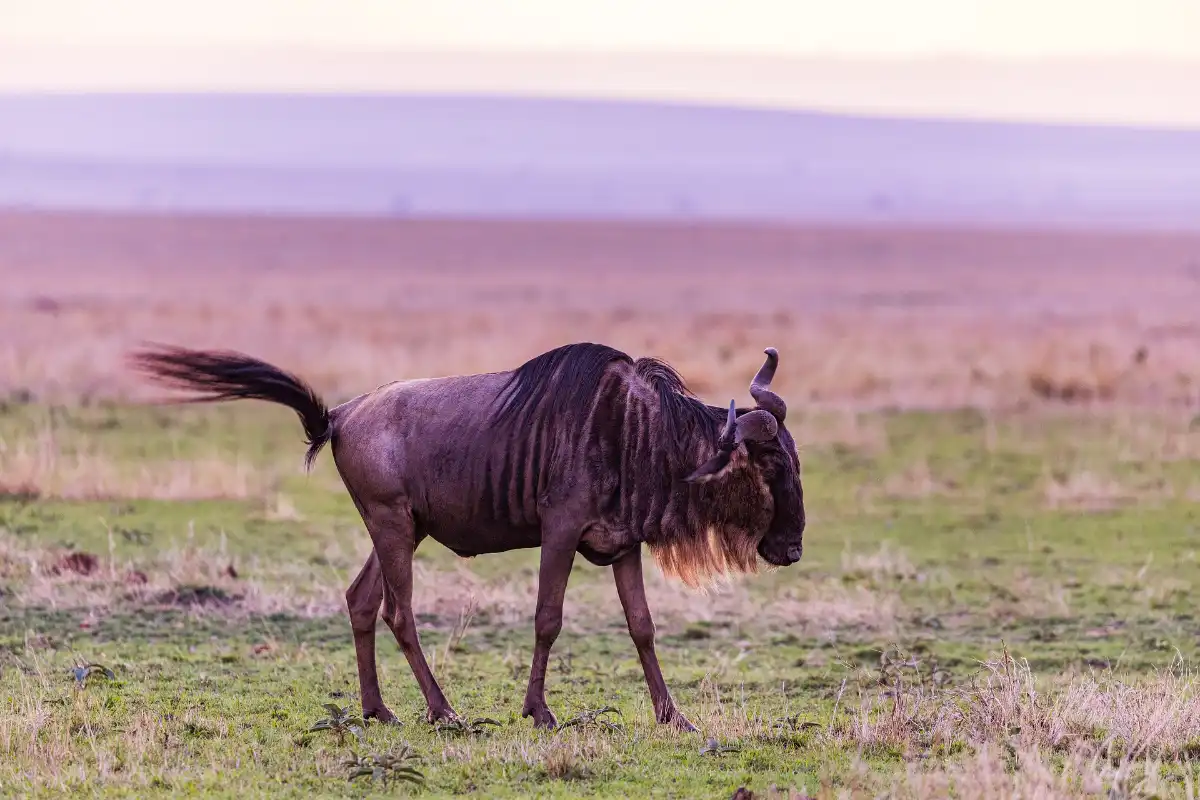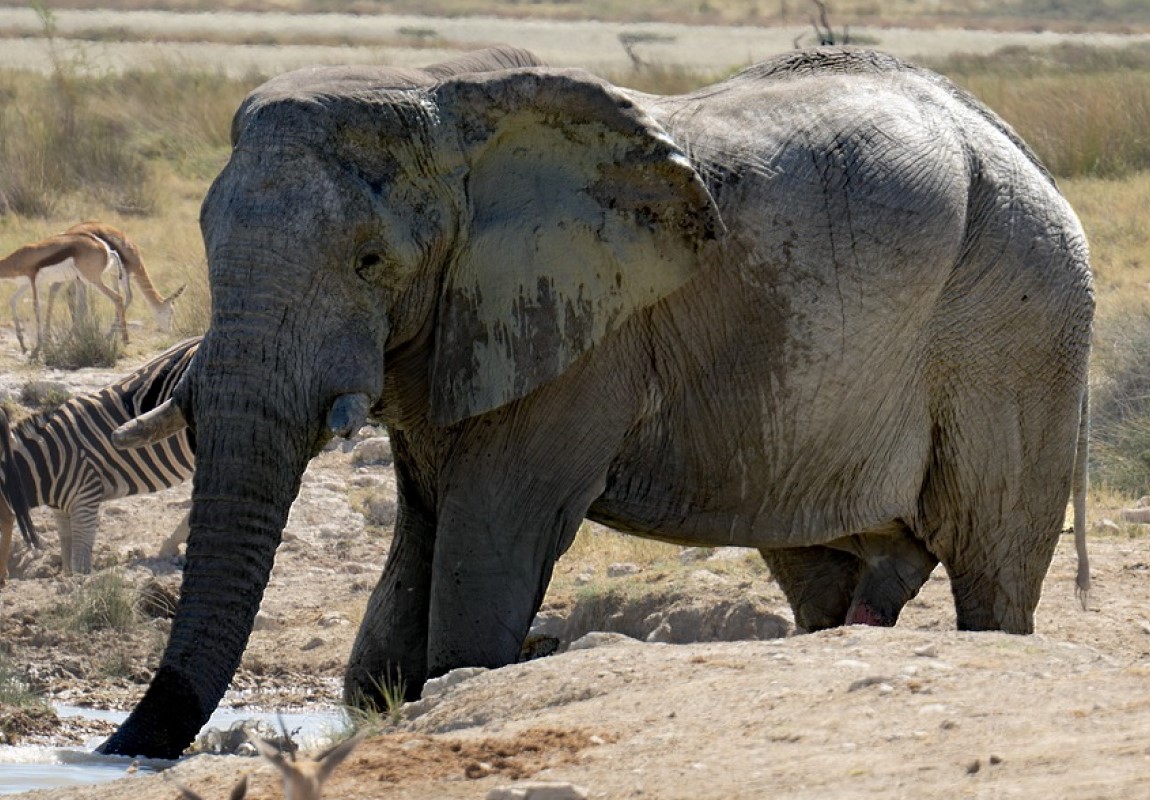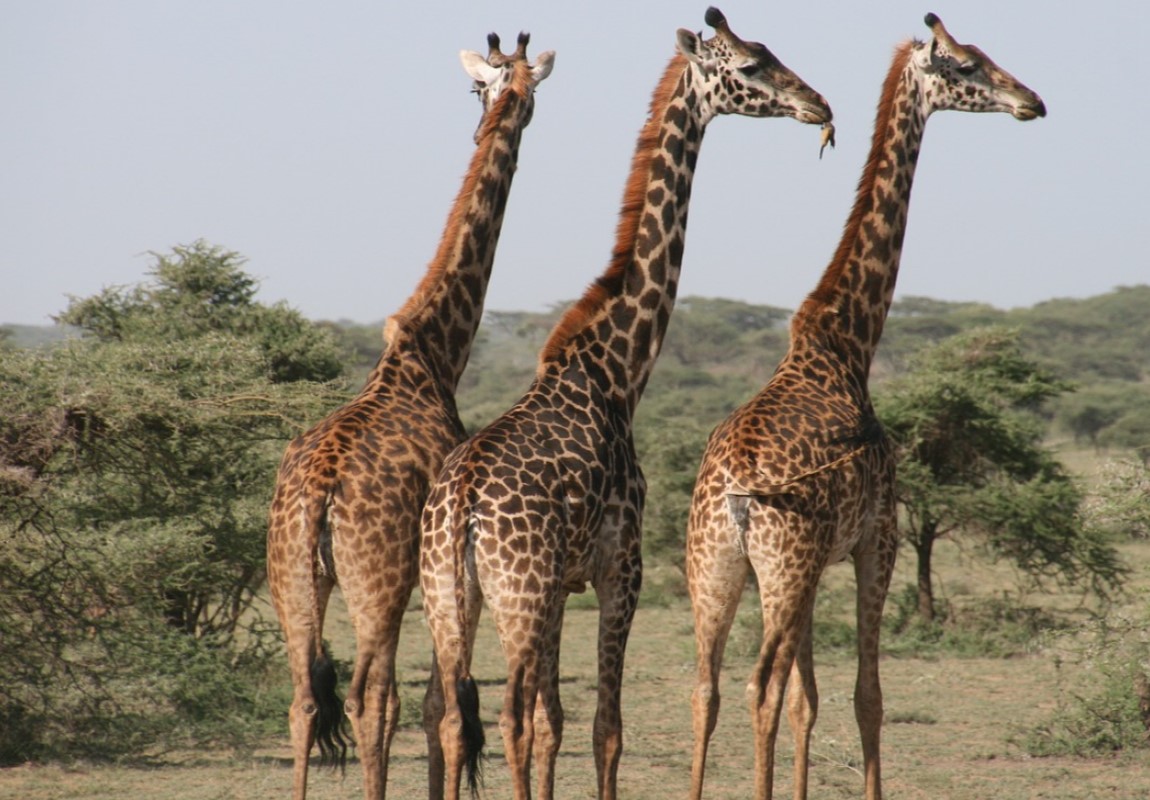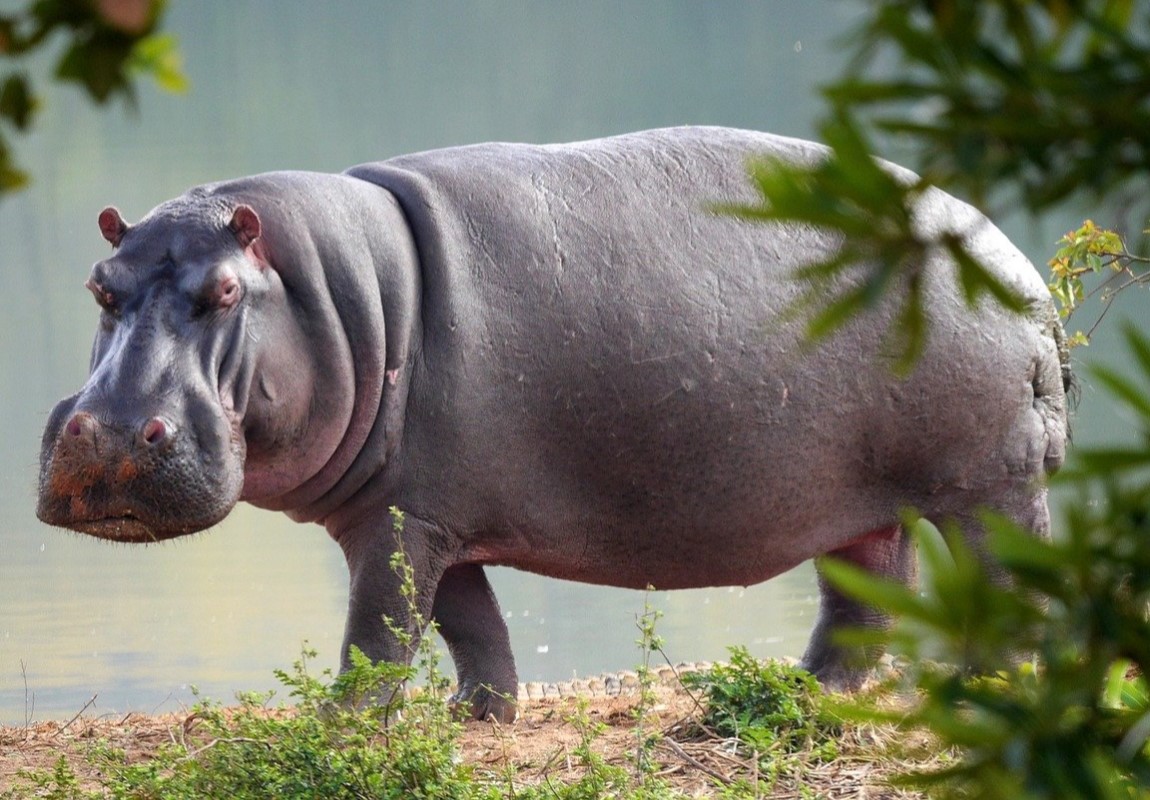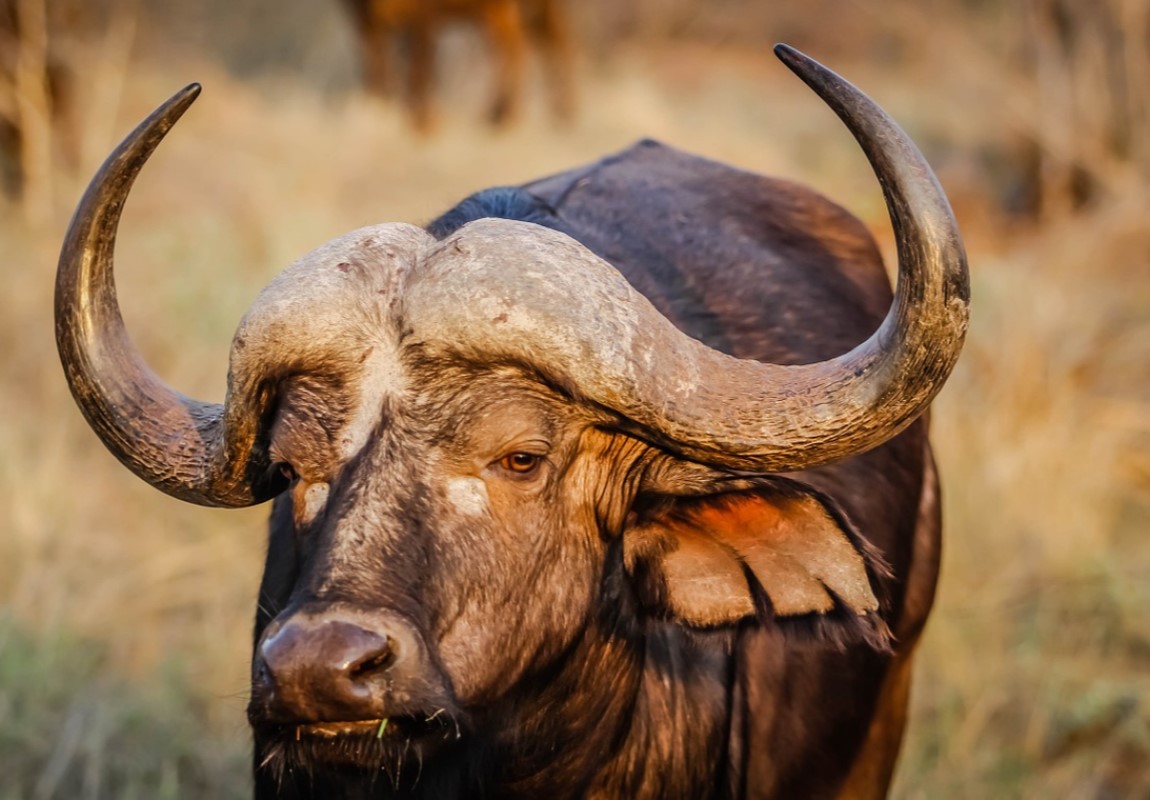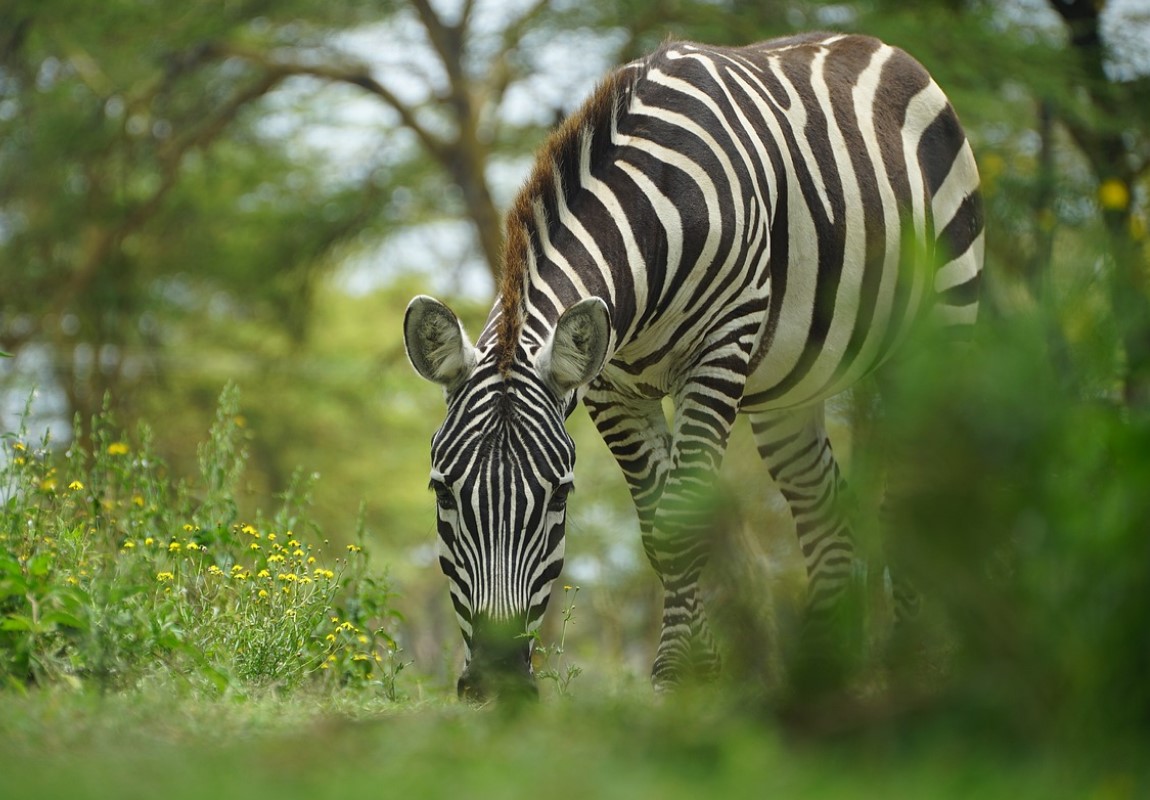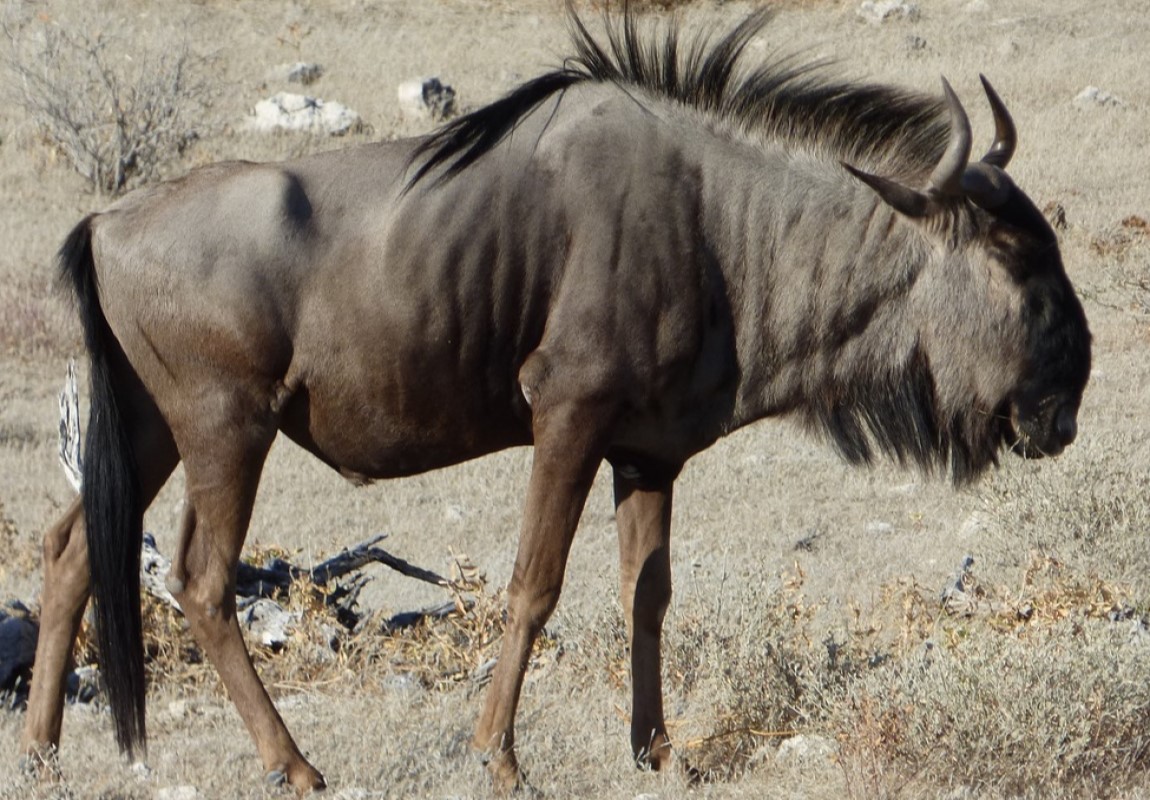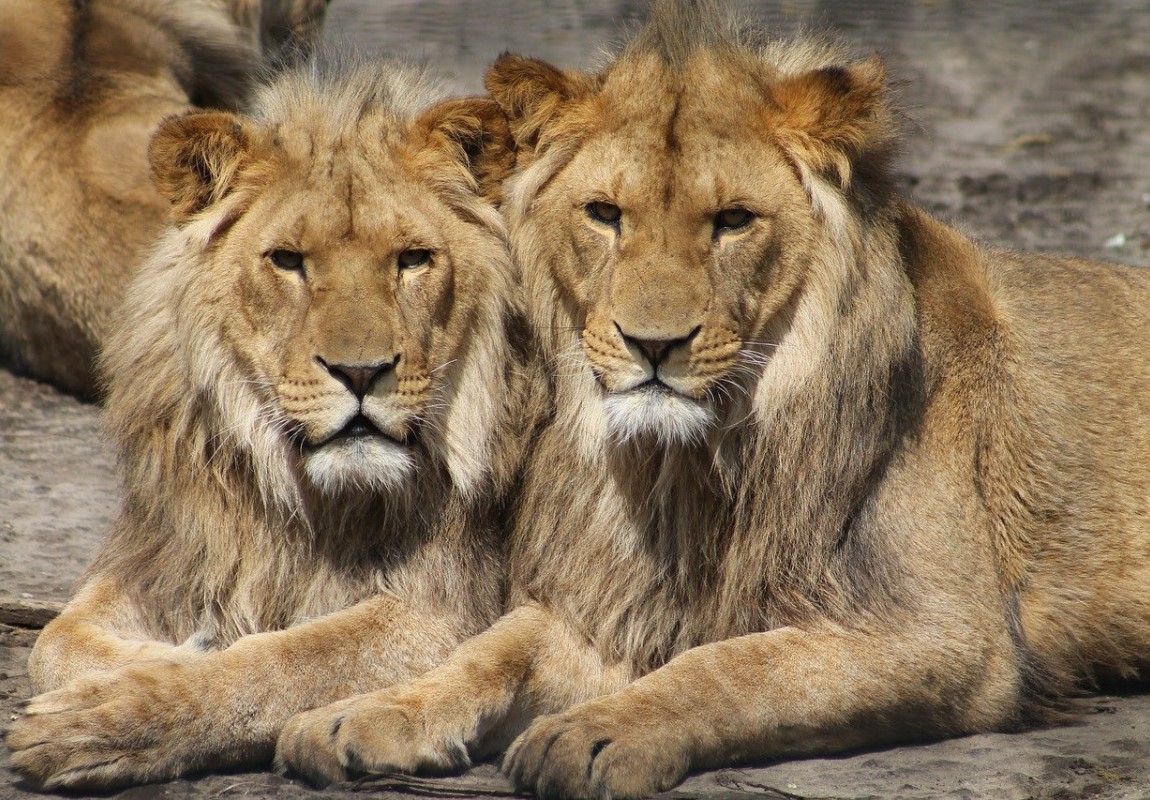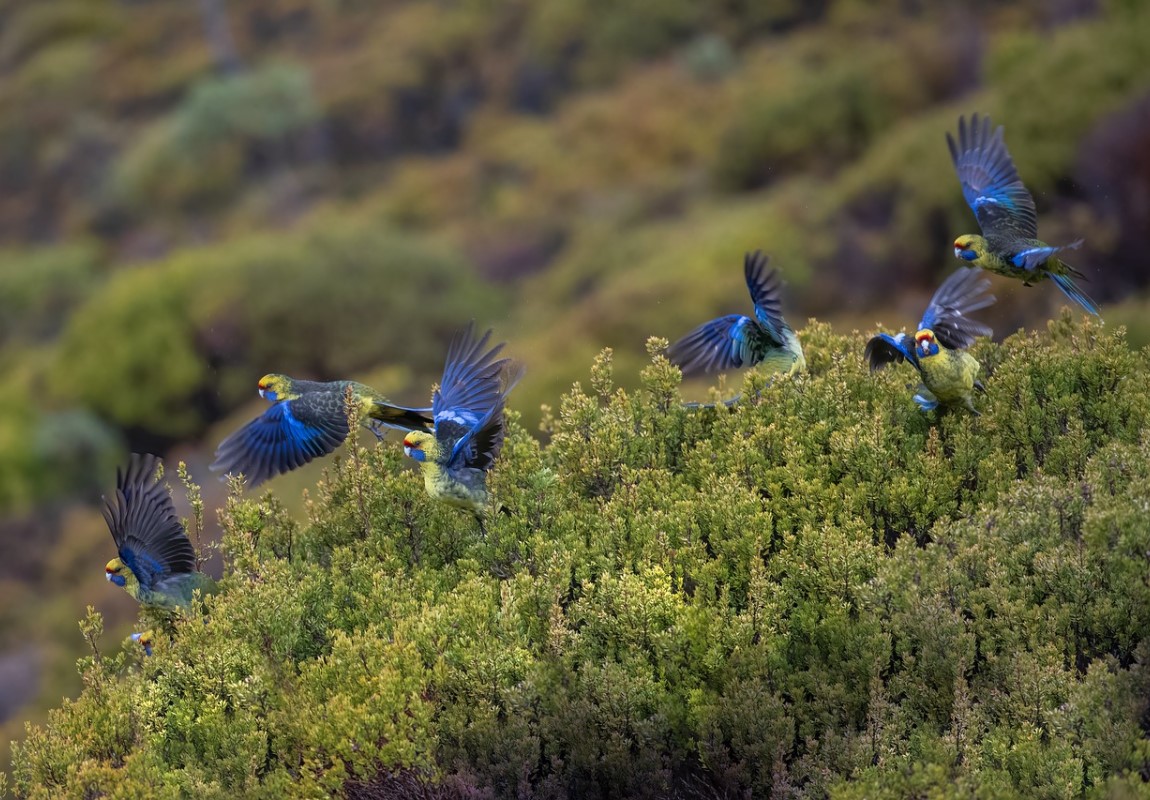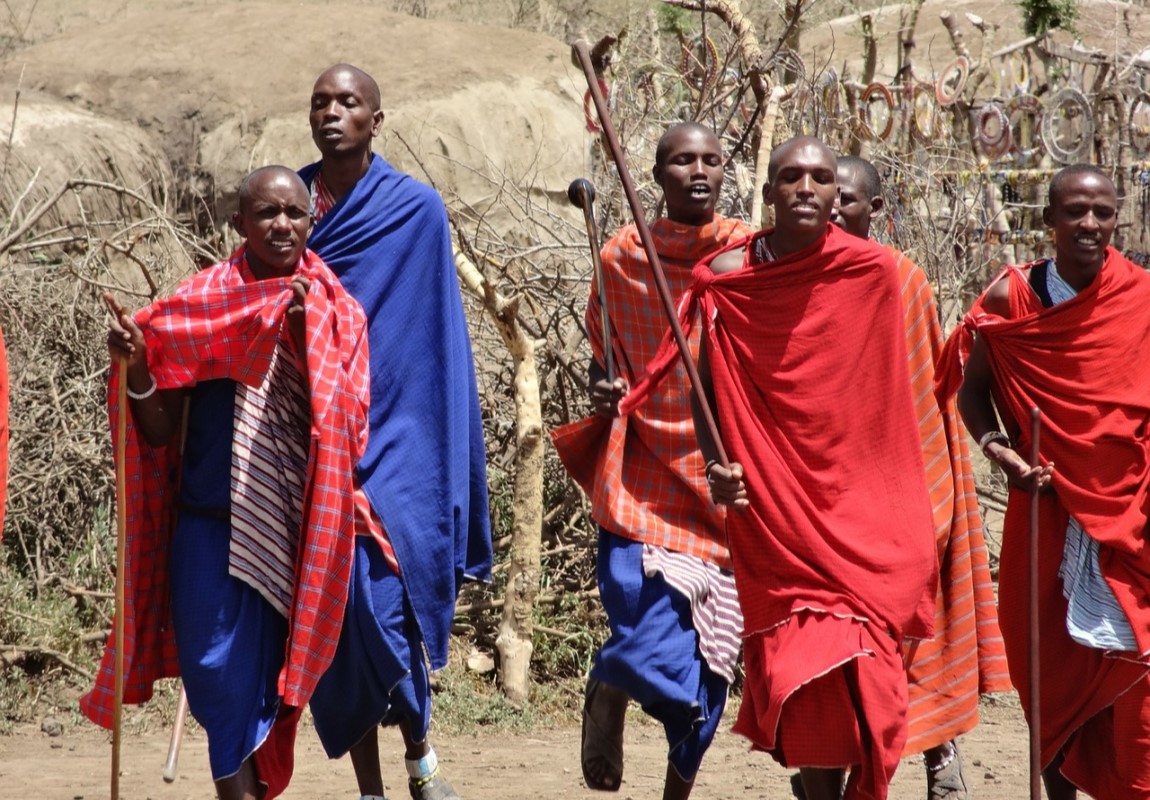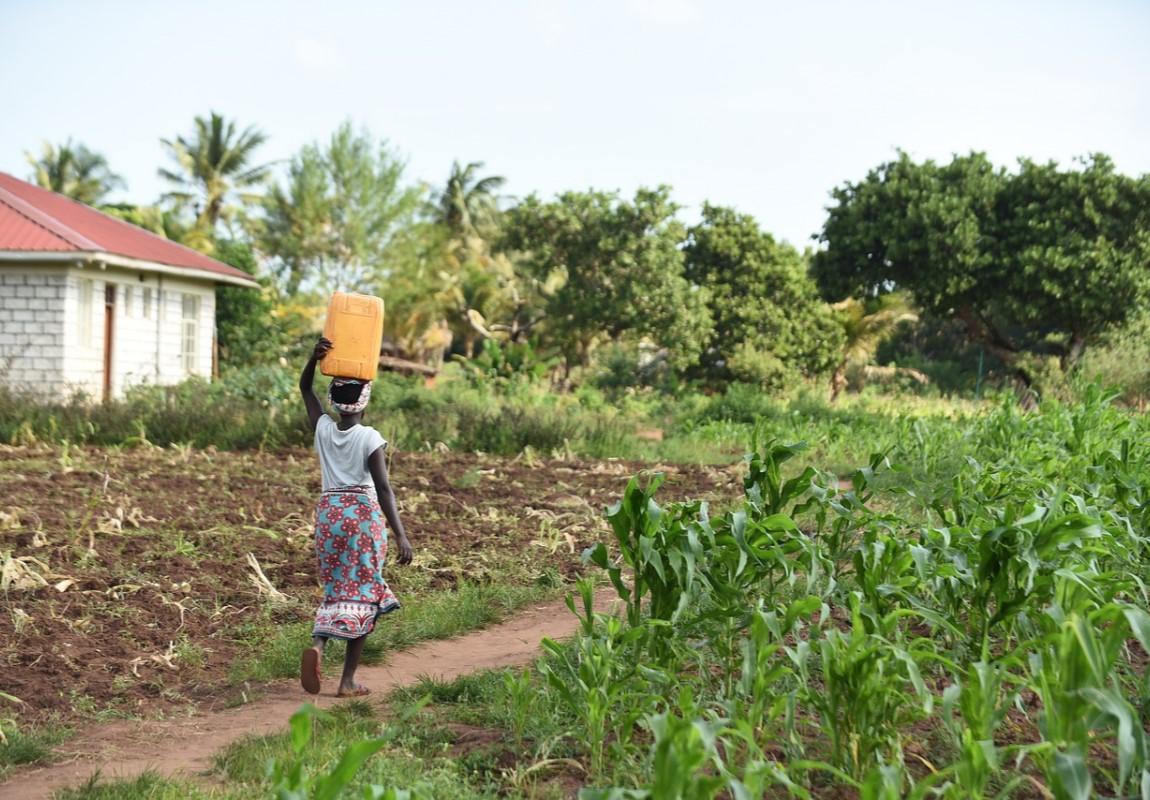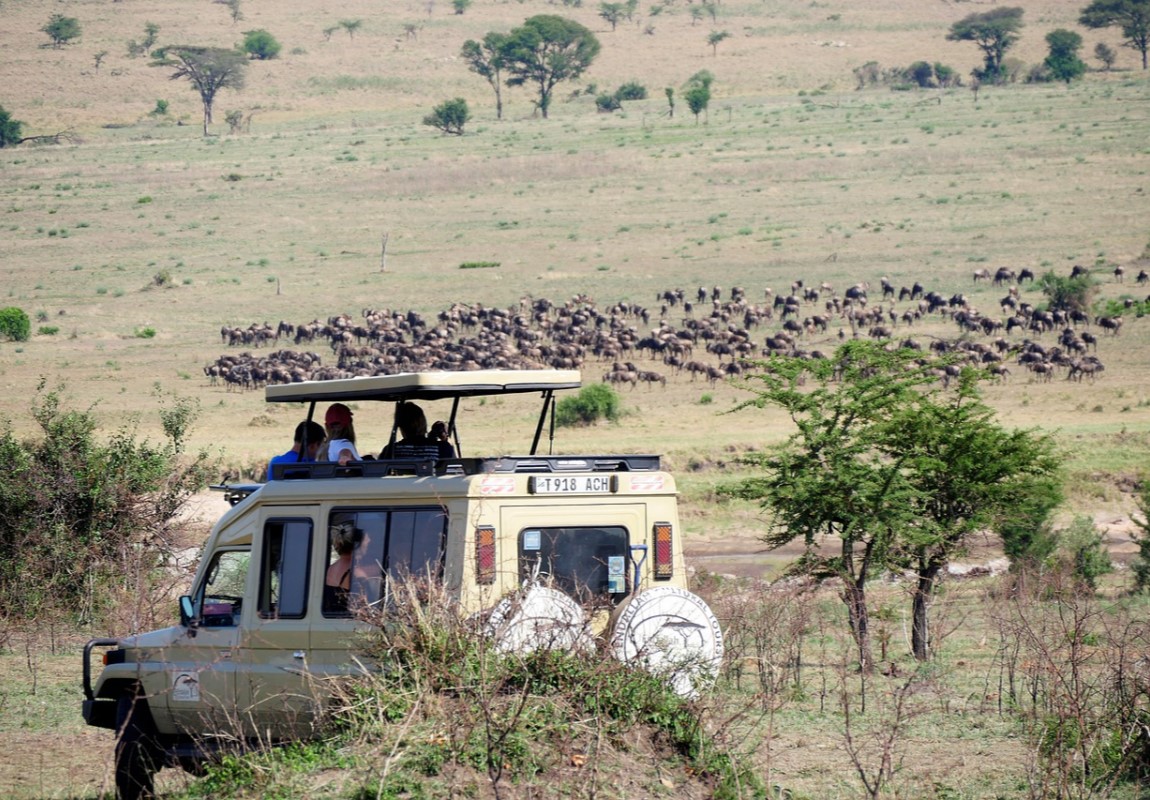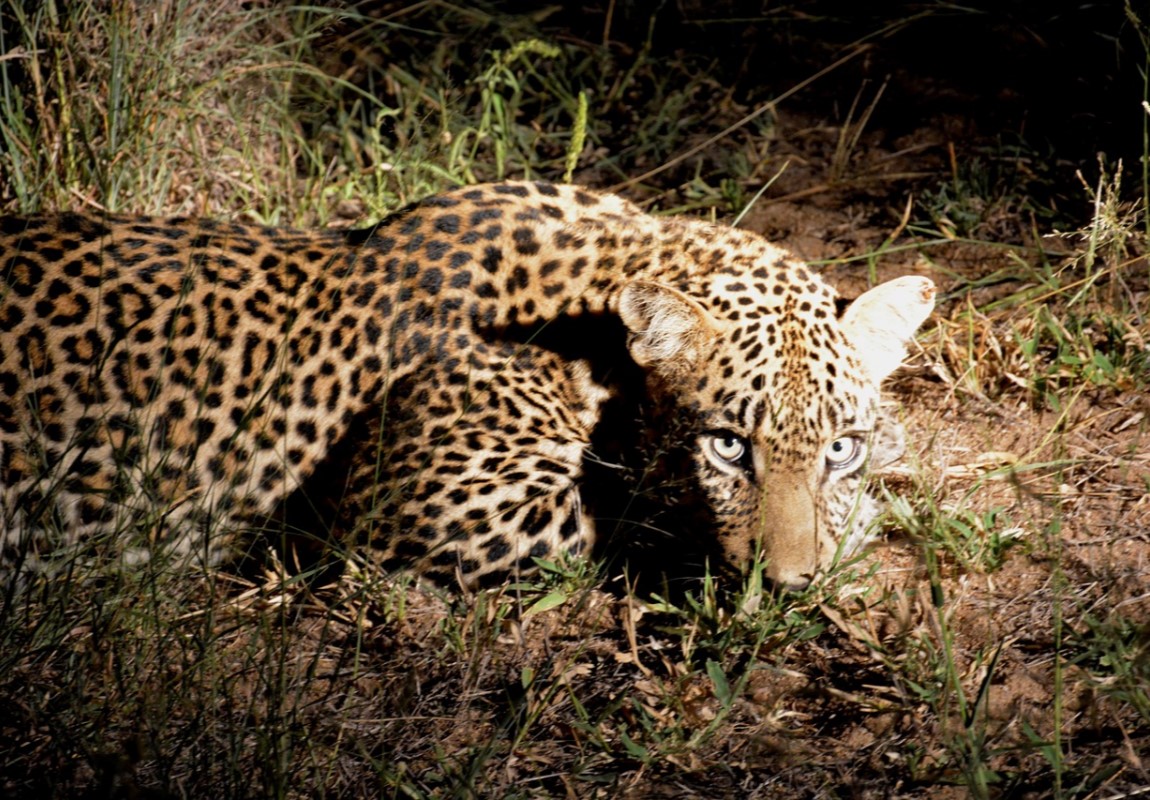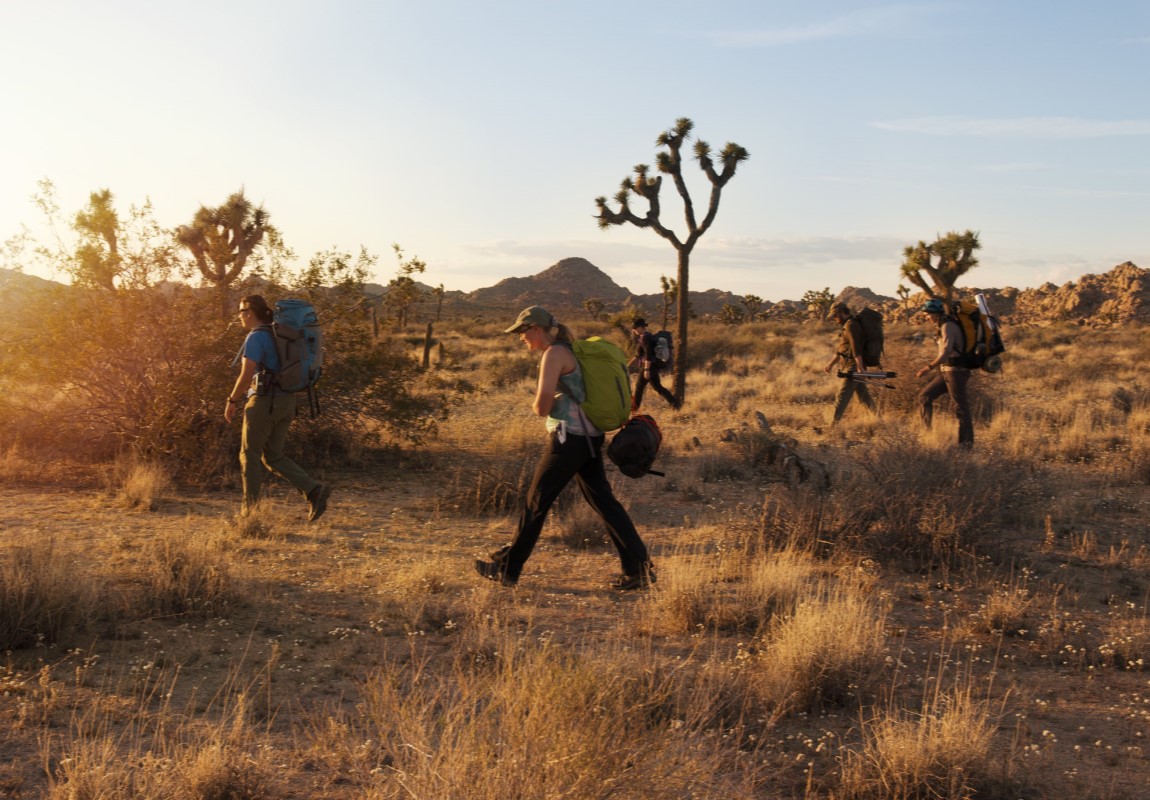Amboseli National Park 
Amboseli National Park - Kenya Wildlife Destination
Starting from
$740PP
Overview
Crowned by Mount Kilimanjaro, Africa's highest peak, the Amboseli National Parks is one of Kenya's most popular parks. It is one of the best places in Africa to view large herds of elephants up close carrying massive tusks. Nature lovers can explore five different habitats here ranging from the dried-up bed of Lake Amboseli, wetlands with sulphur springs, the savannah and woodlands. They can also visit the local Maasai community who live around the park and experience their authentic culture.
Pros & Cons
- Excellent wildlife viewing
- Four of the Big Five can be found easily except Rhino
- Offers amazing elephant sightings
- Views of Kilimanjaro on clear days
- Excellent birding, especially waterbirds in swamp habitat
- Excellent well-priced mid-range lodges
- The park gets very busy, especially in the high season
- Big cats are relatively hard to spot
Map in Kenya

Want to Visit Amboseli National Park?
Gallery Images
Explore the stunning beauty of Amboseli National Park through our curated collection of photographs showcasing its landscapes, wildlife, and natural wonders.
Want to Visit Amboseli National Park?
Wildlife & Animals
Amboseli National Park offers some of the best opportunities to see African wildlife because the vegetation is sparse due to the long, dry months. The protected area is home to African bush elephants, Cape buffalo, impala, Masai giraffe, Grant's zebra, and blue wildebeest. Amongst the predatory species, African wildcats, black-backed jackals, black-eared foxes, cheetahs, lions, and spotted hyenas are frequently spotted. After the Maasai targeted the rhinos, the remaining rhinos were relocated so at present Amboseli has no rhinos.
Wildlife Highlights
The park is famous for being the best place in the world to get close to free-ranging elephants carrying massive tusks and because they have been protected these elephants are quite calm when encountered during game drives. During the day the elephants mostly spend their time partially submerged, foraging in Ol Okenya swamp.
Best Time for Wildlife Viewing
The best time for wildlife viewing is in the dry summer months of January and February and June to October for visiting Amboseli National Park. Wildlife is simpler to spot since vegetation is more slender and animals assemble around predictable water sources. The best time to visit the park to witness the beauty of Mount Kilimanjaro from the park is in the rainy season, from November to May.
Want to Visit Amboseli National Park?
Birds
Amboseli boasts of rich birdlife, with over 400 bird species recorded, including the globally threatened Madagascar Pond-Heron, Lesser Flamingo, Lesser Kestrel, and Possibly Africa’s most sought-after bird, the Shoebill which has an a-one-time record in the area and over 40 birds of prey. The grassland areas offer some interesting ground birds such as Hartlaub’s bustard and the localized Pangani longclaw. The acacia woodland holds some dry country specials such as steel-blue whydah, white-bellied go-away bird and the Von der Decken’s hornbill.
Best Time for Birding
To discover Amboseli an extremely useful bird-watching spot, one needs to arrive during or soon after the October-December rains. This is when local birds are joined by migrants from the Northern half of the globe, once in a while in genuinely enormous numbers. The months when precipitation is probably going to disturb your bird-watching plans are November and April.
Want to Visit Amboseli National Park?
Best Time to Visit – Amboseli National Park
The best time for wildlife viewing is in the dry summer months of January and February and June to October for visiting Amboseli National Park. Wildlife is simpler to spot since vegetation is more slender and animals assemble around predictable water sources. The best time to visit the park to witness the beauty of Mount Kilimanjaro from the park is in the rainy season, from November to May.
June to October (Dry Season)
- Wildlife watching is better when it’s dry and animals gather at water sources
- It rains very little and most days are radiant
- Fewer mosquitoes and less chance of catching malaria
- There is a lot of dust in the air because it is very dry
- The sky is hazy and the scenery isn’t as pretty
- Views of Kilimanjaro are less spectacular
November to May (Wet Season)
- Plenty of animals can be spotted very easily even in wet season
- Due to less crowd in this season, Pricing is very less to bring more travellers
- The scenery is beautiful and at its most lush
- Birding is best as migratory birds are present
- Views of Kilimanjaro are best after rainfall, when the sky is clear of dust
- Roads become sloppy and difficult to travel
- It gets humid and hot
Want to Visit Amboseli National Park?
Activities
Explore popular activities available in and around Amboseli National Park.
Want to Visit Amboseli National Park?
No FAQs available for this park yet.

 English
English French
French